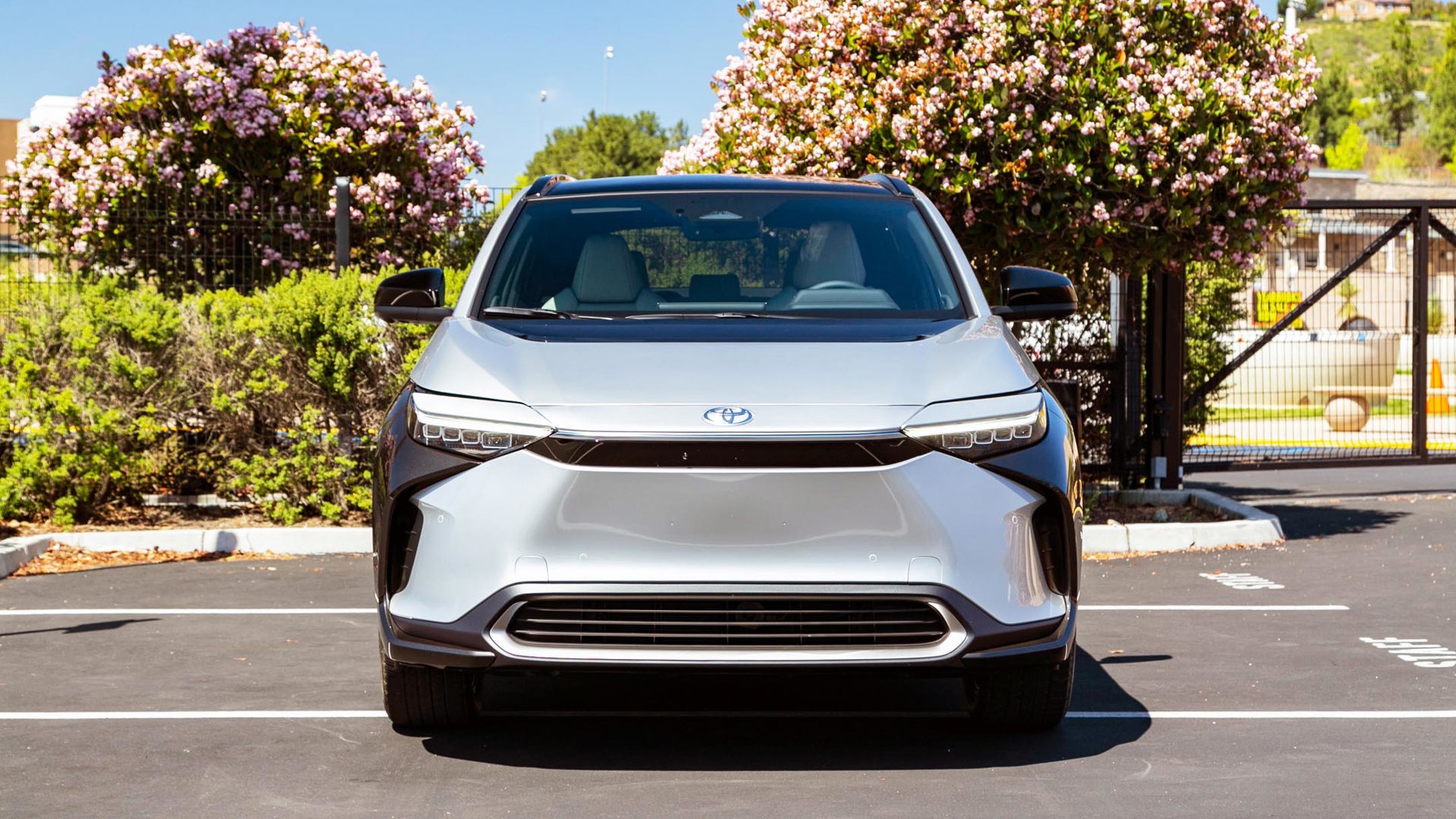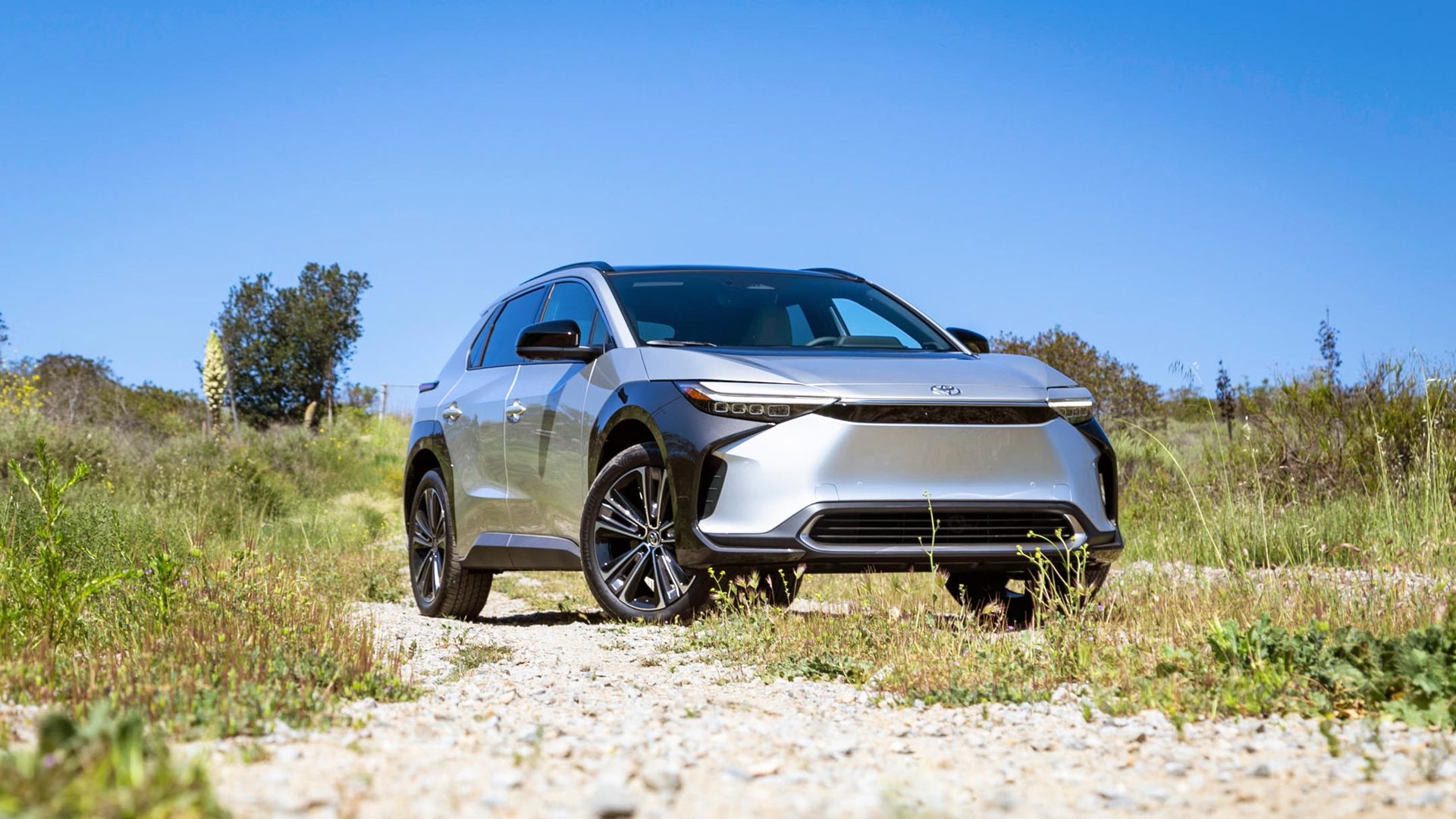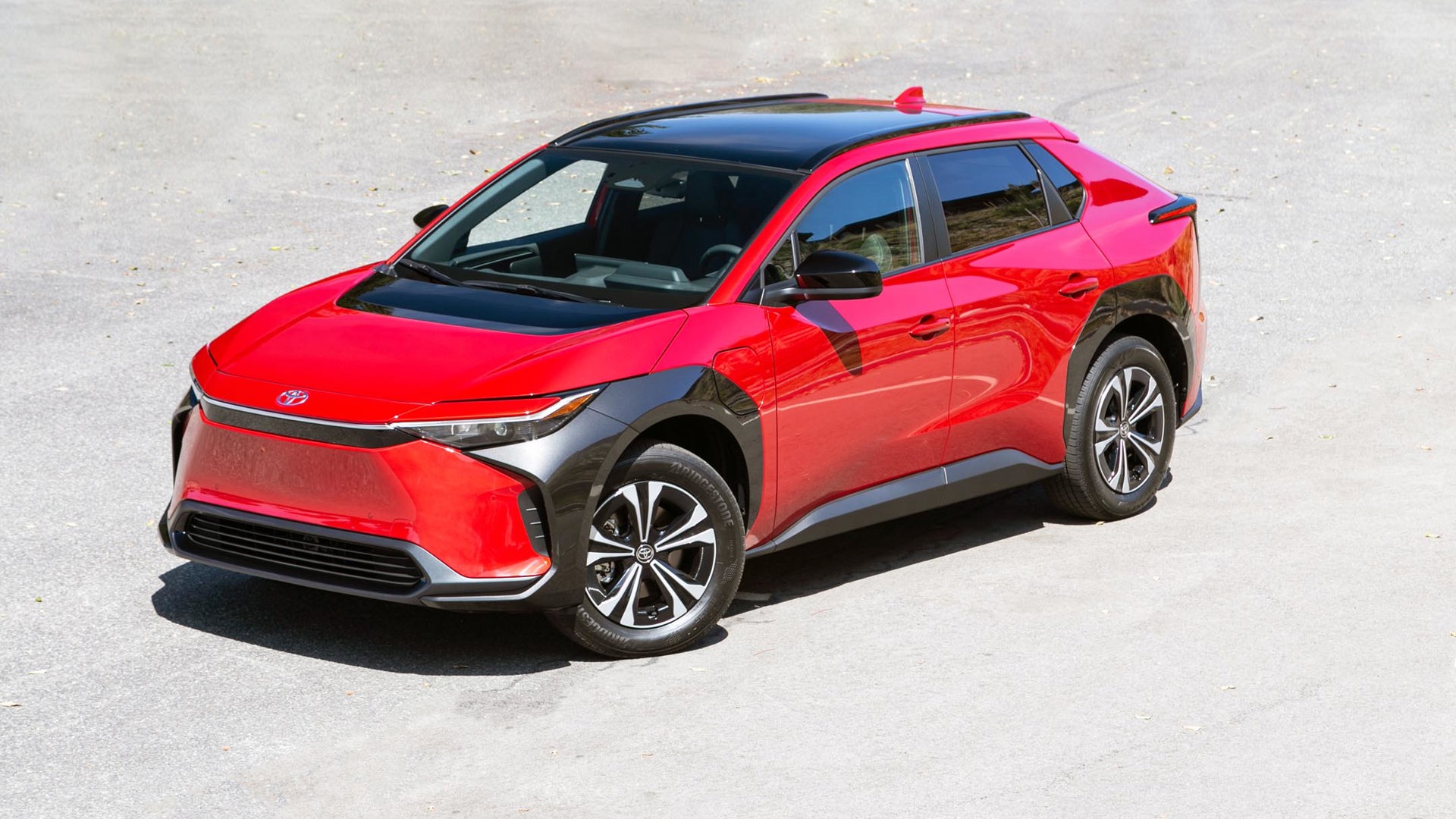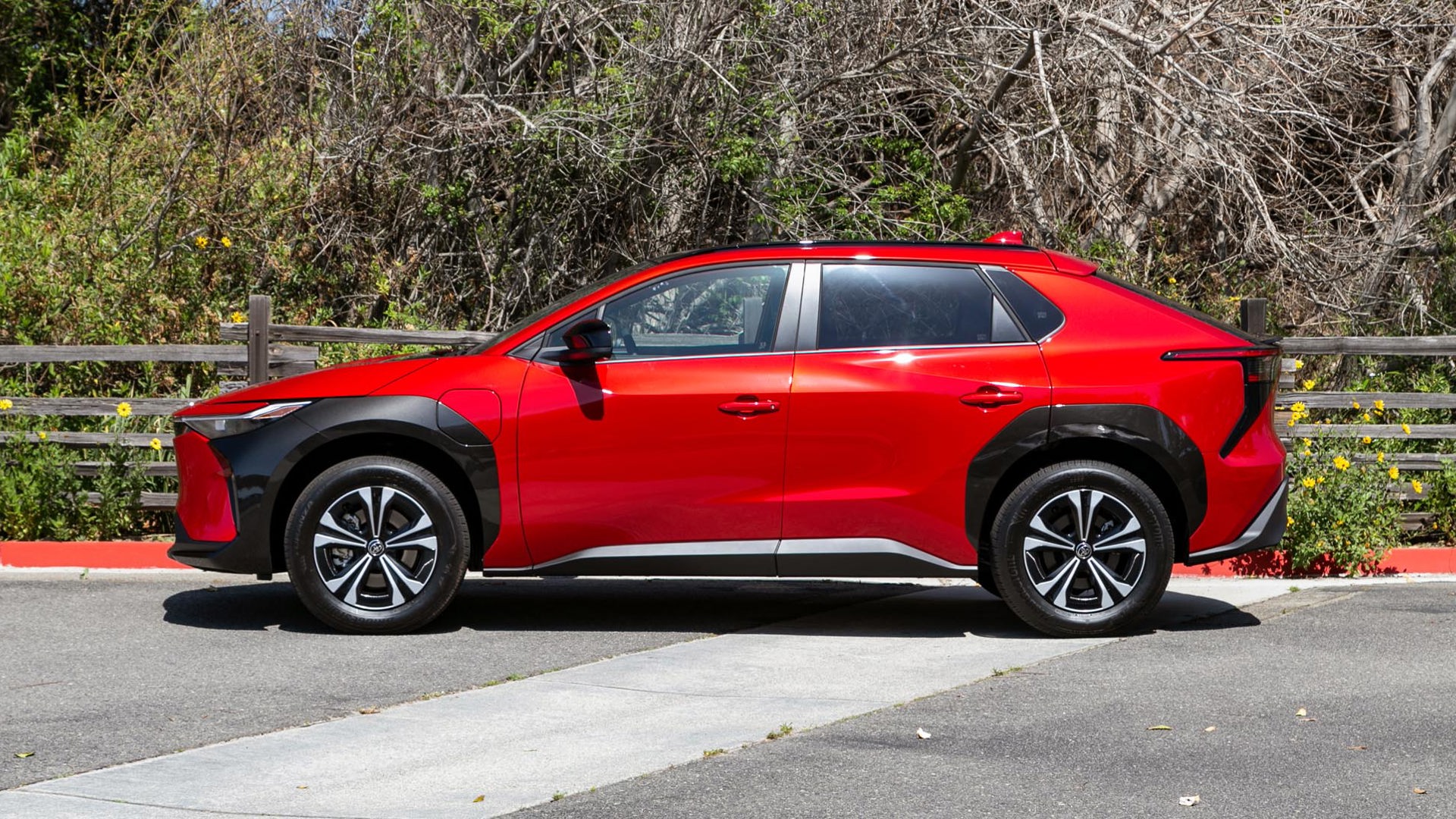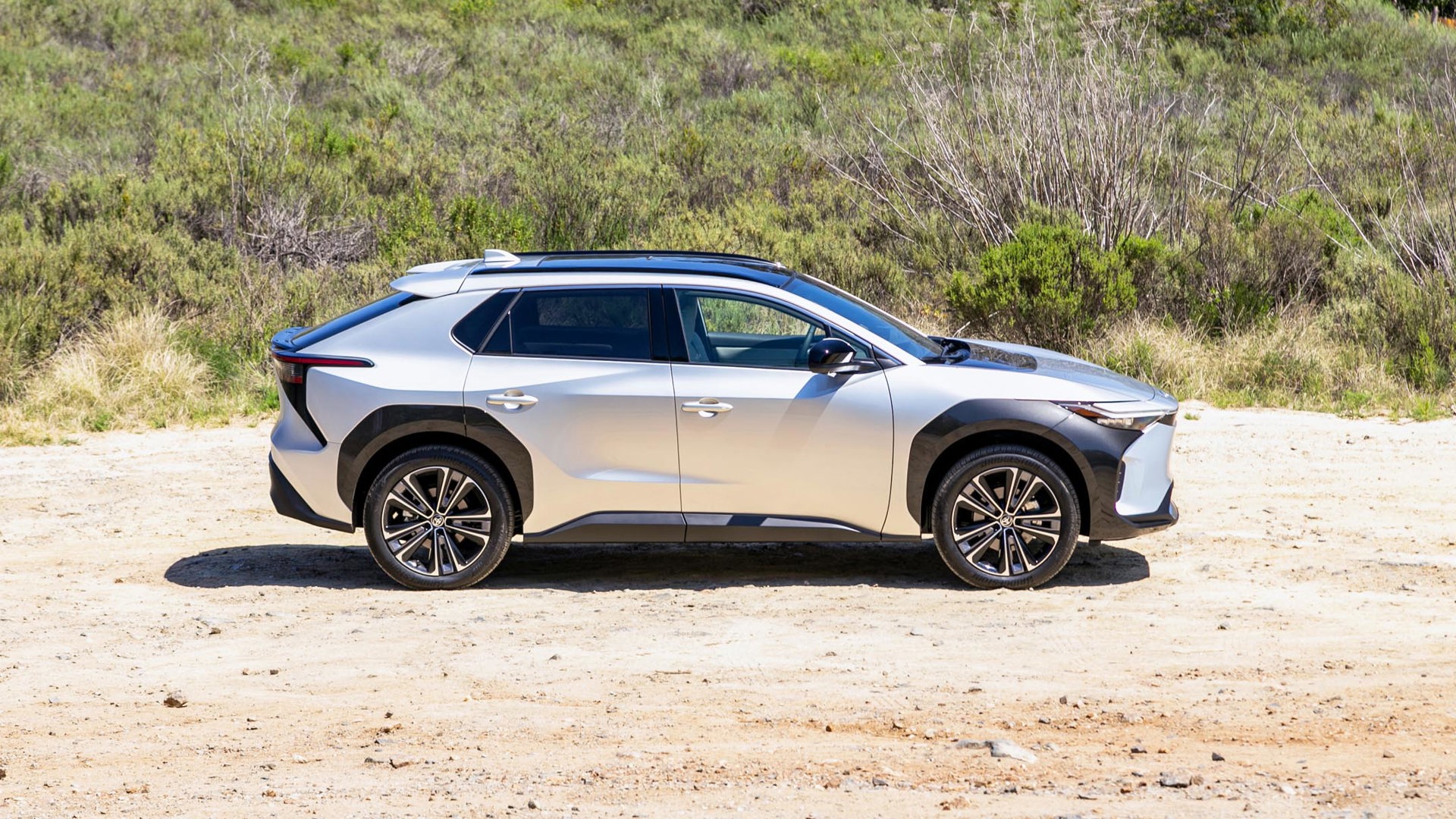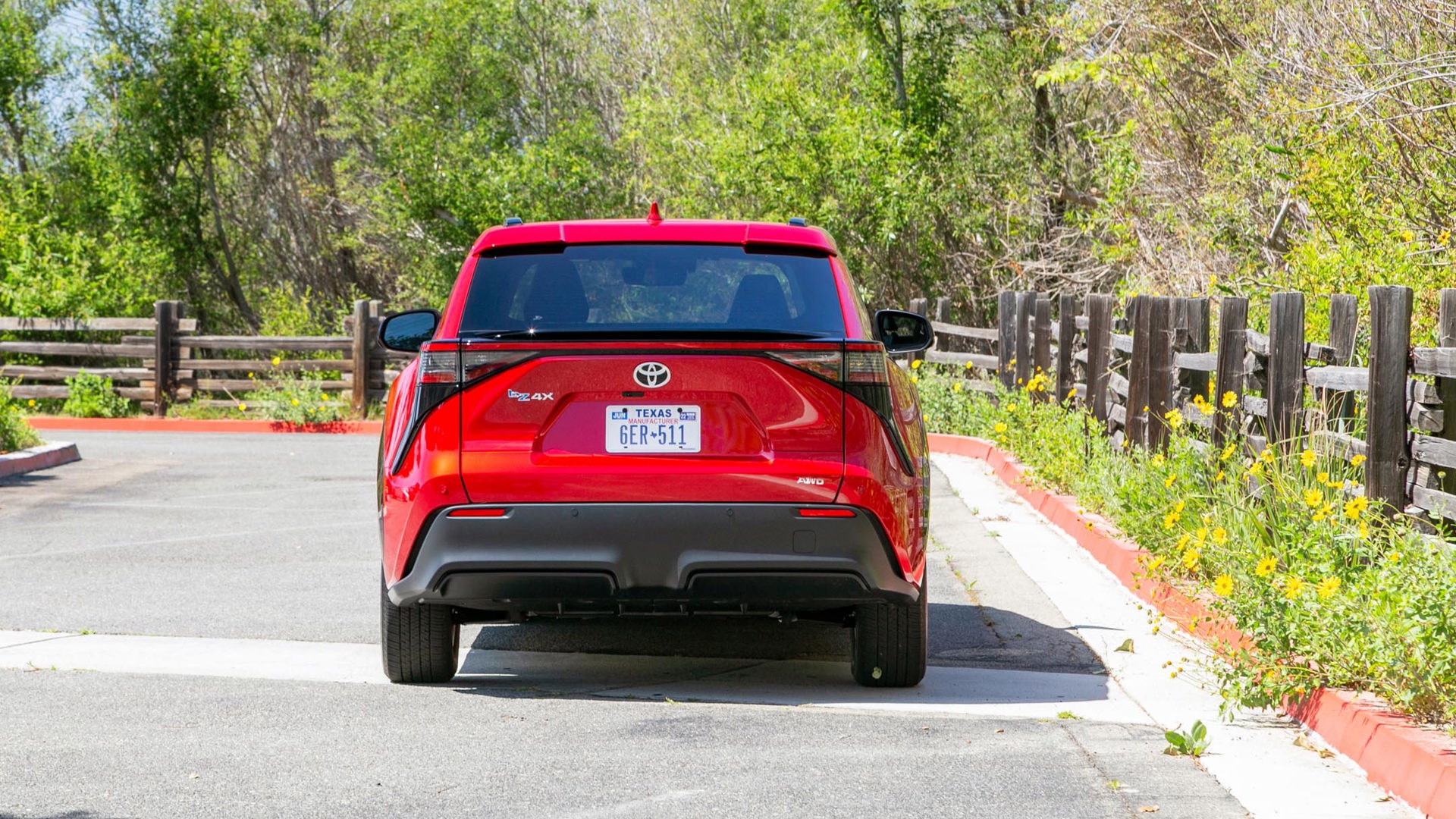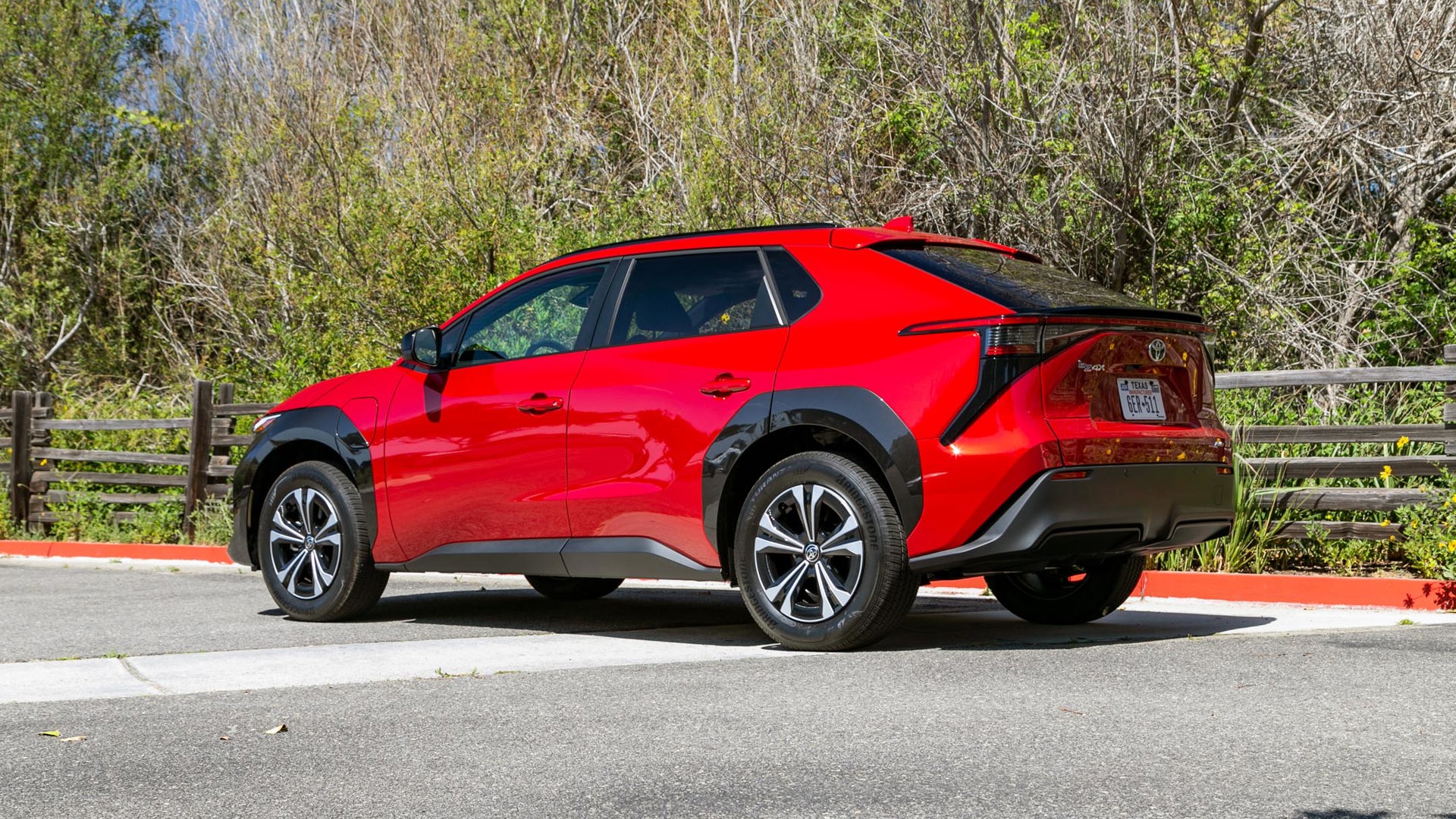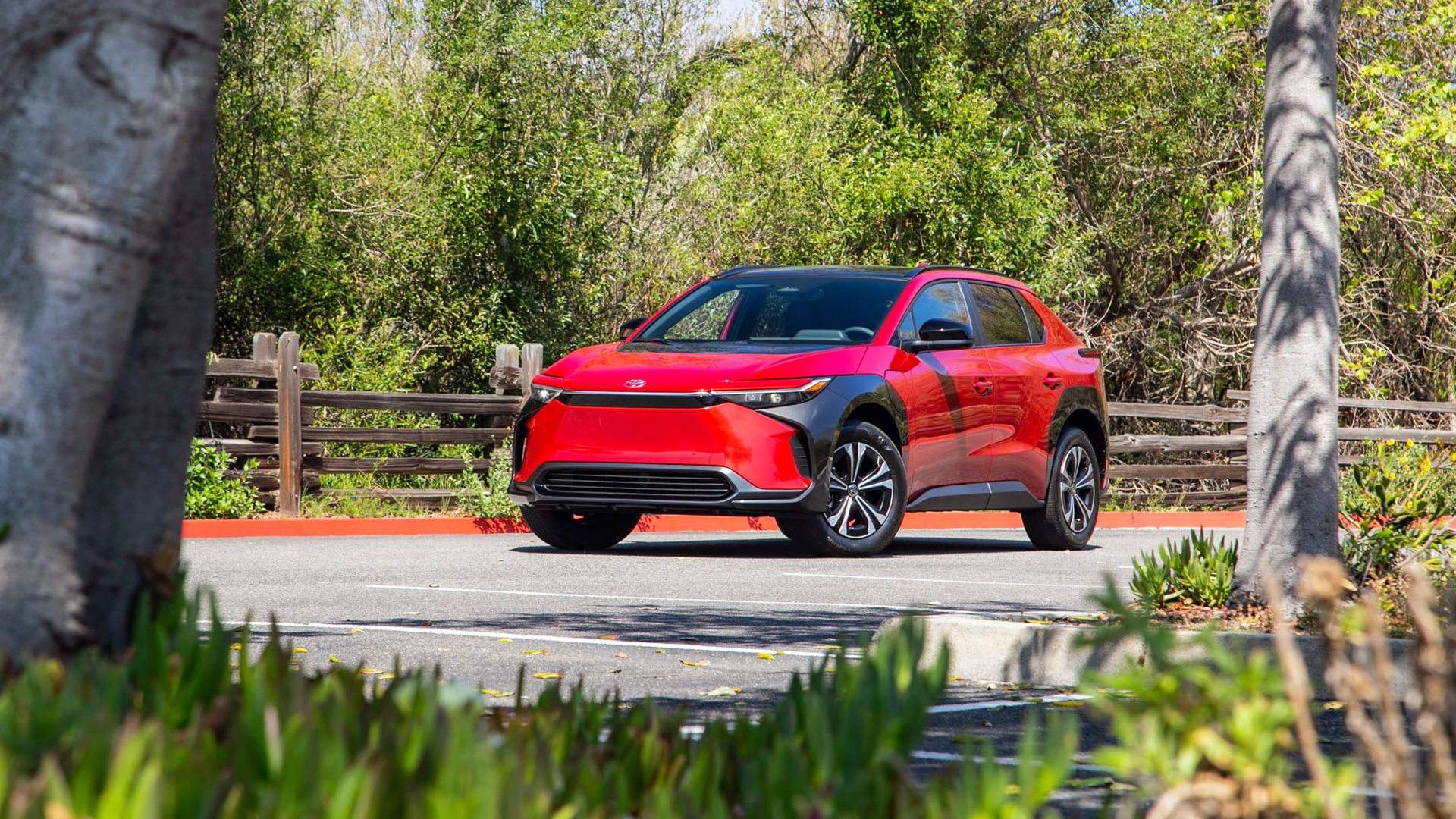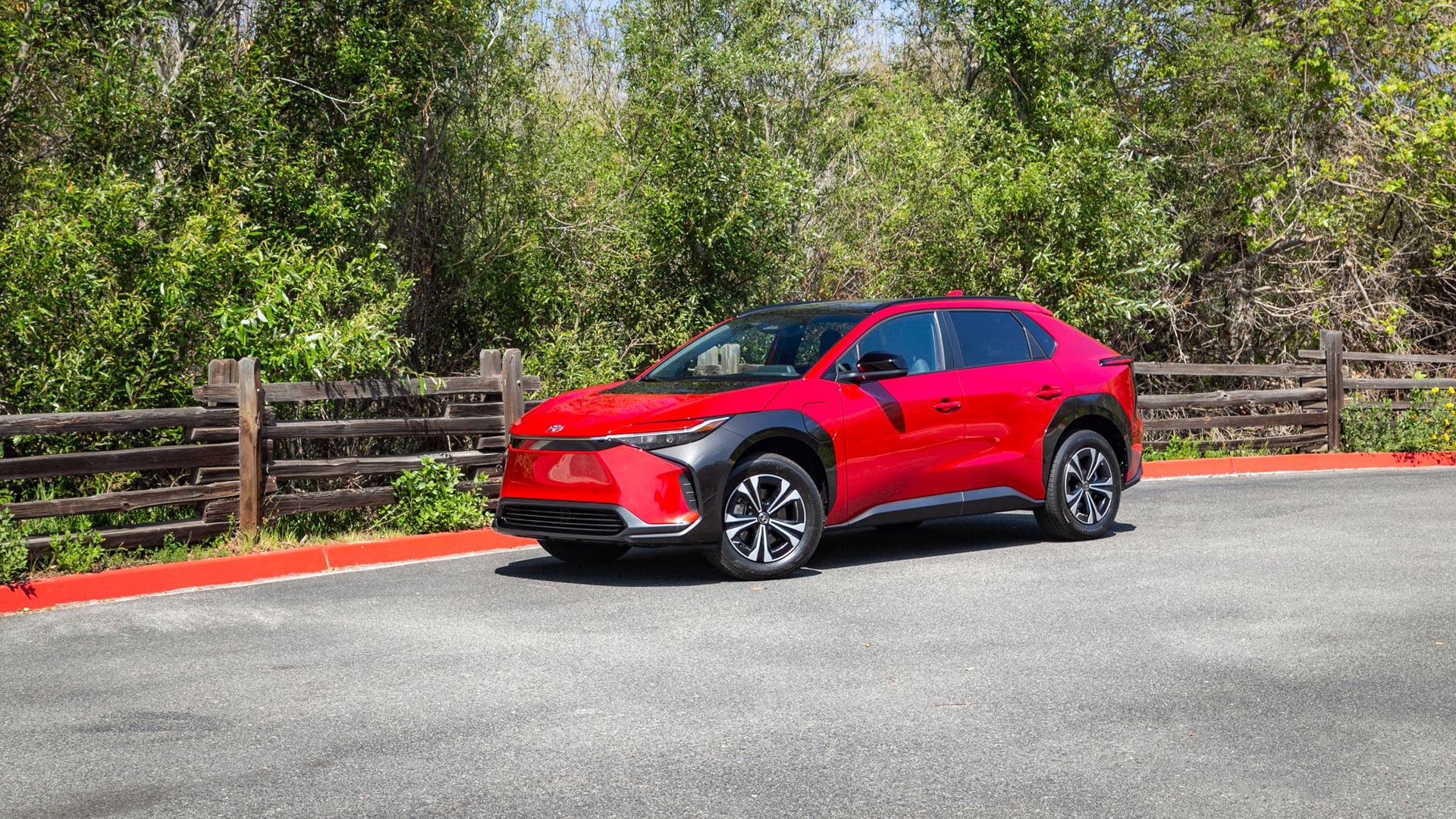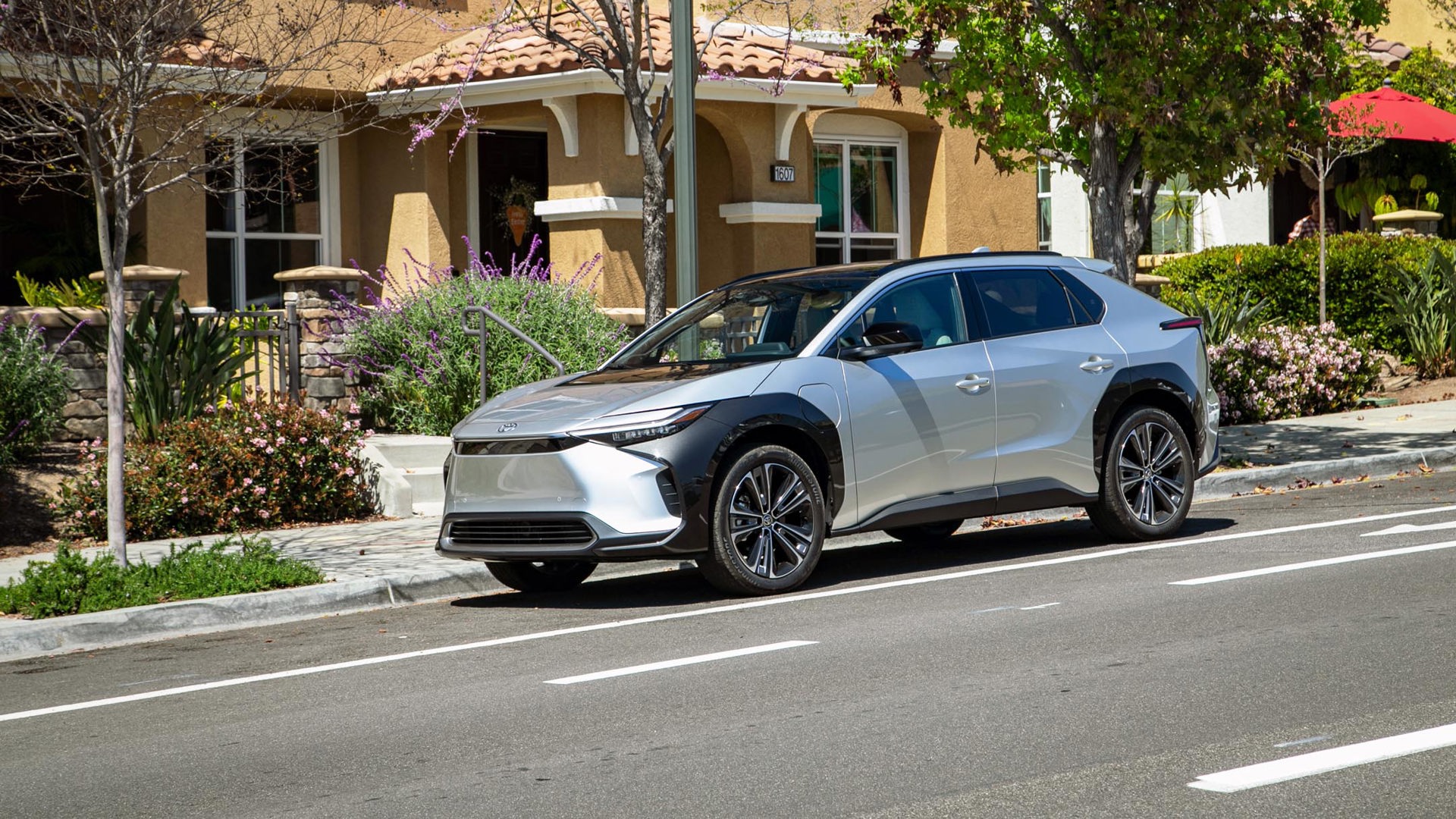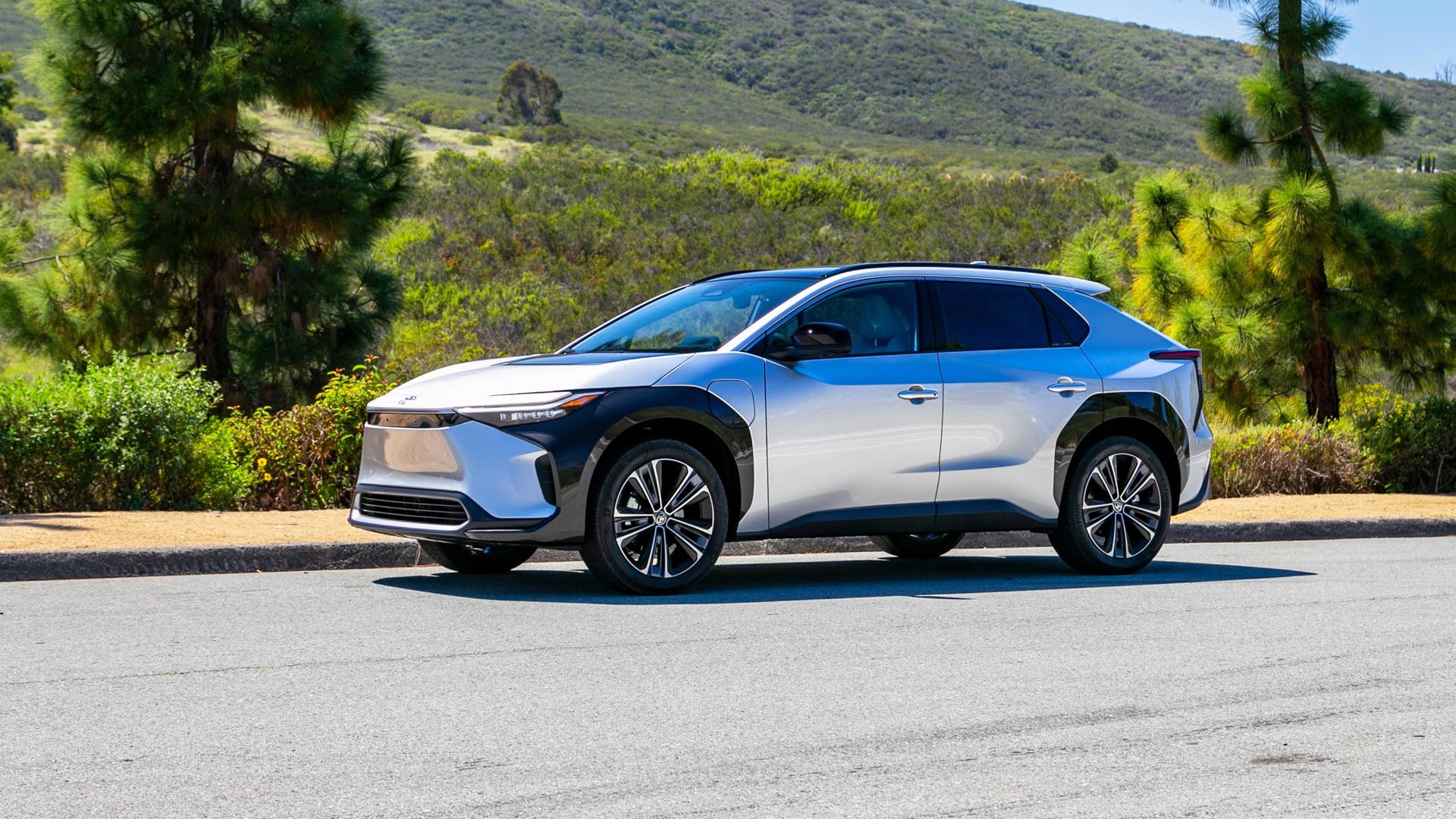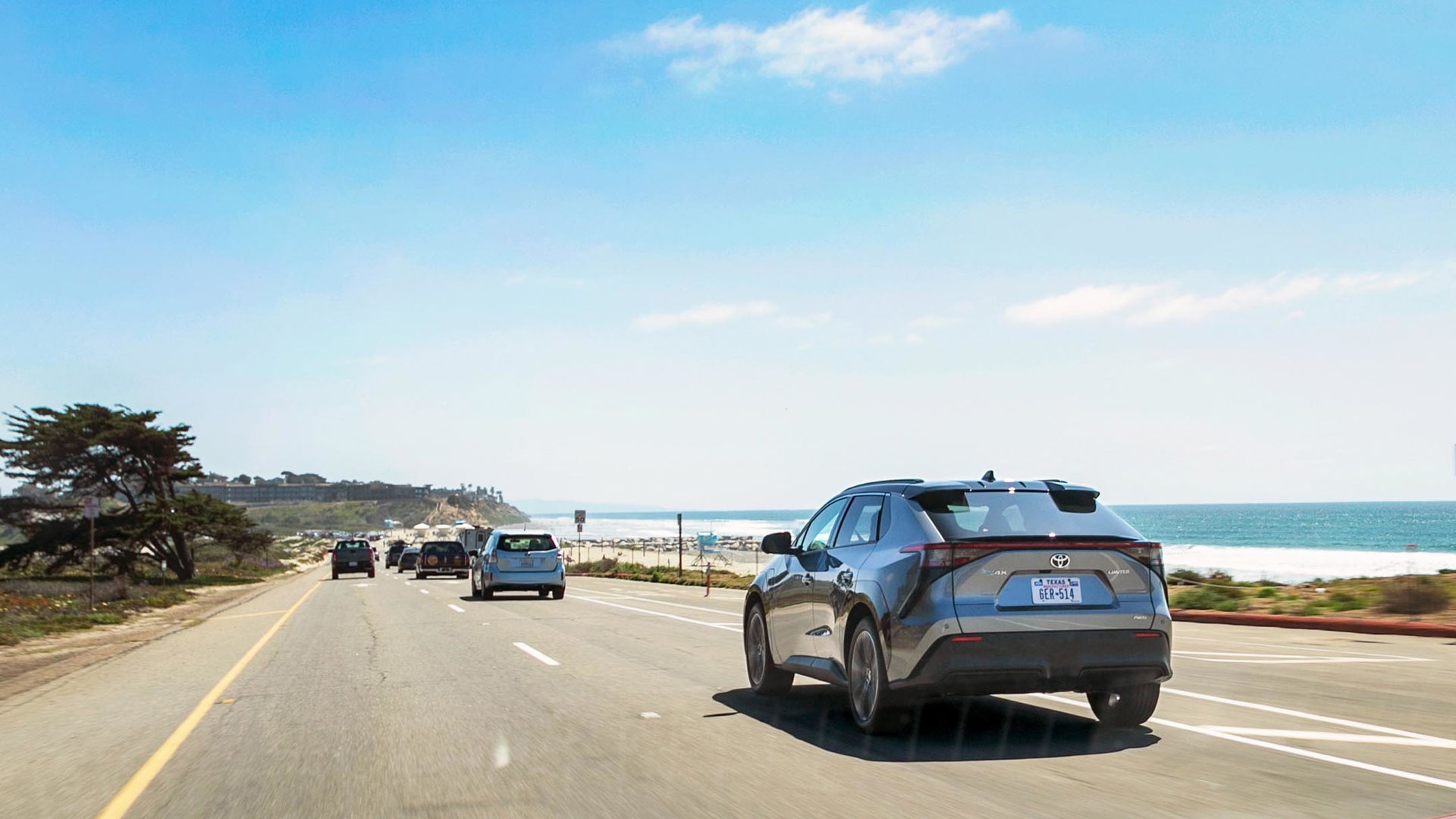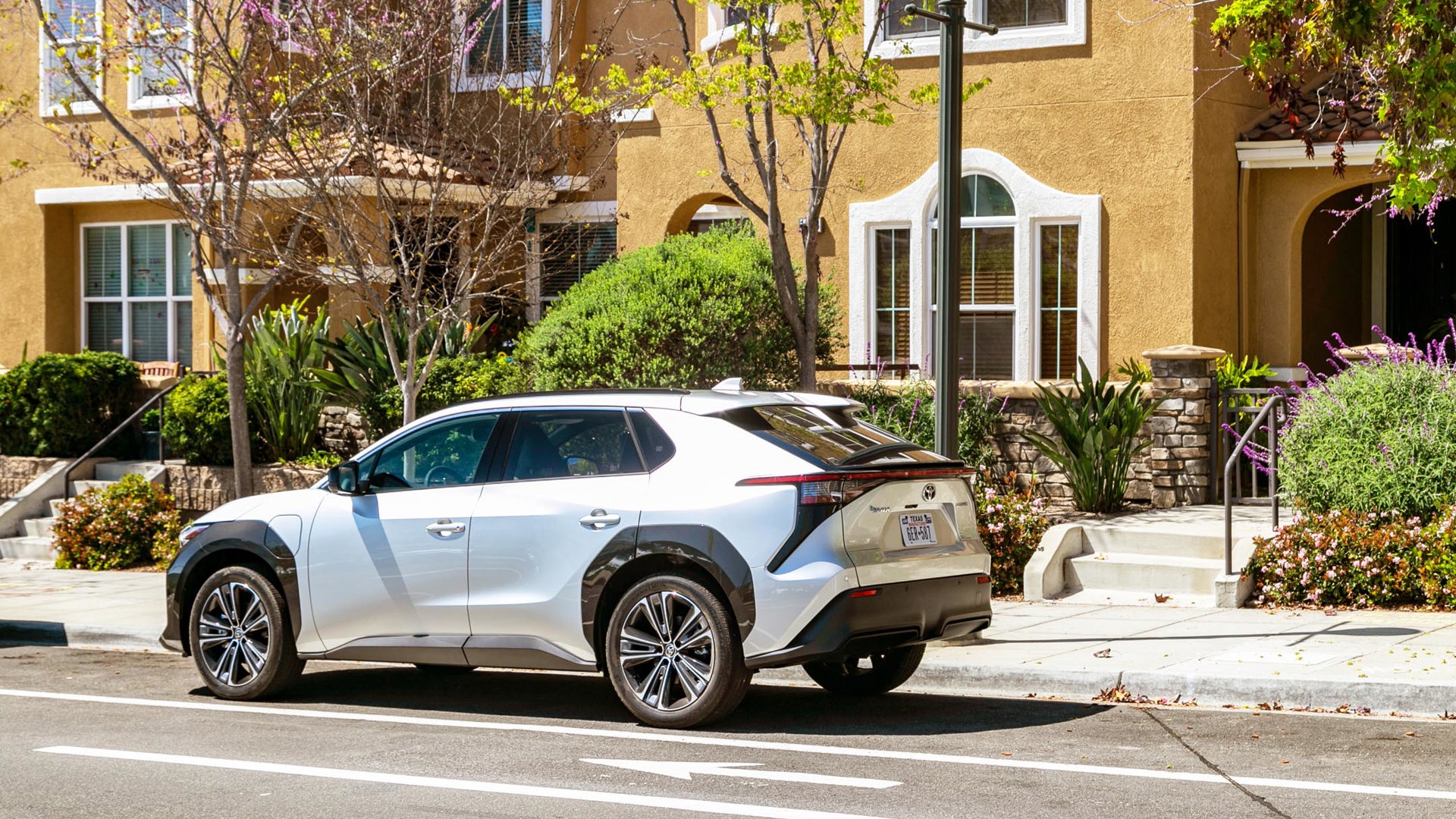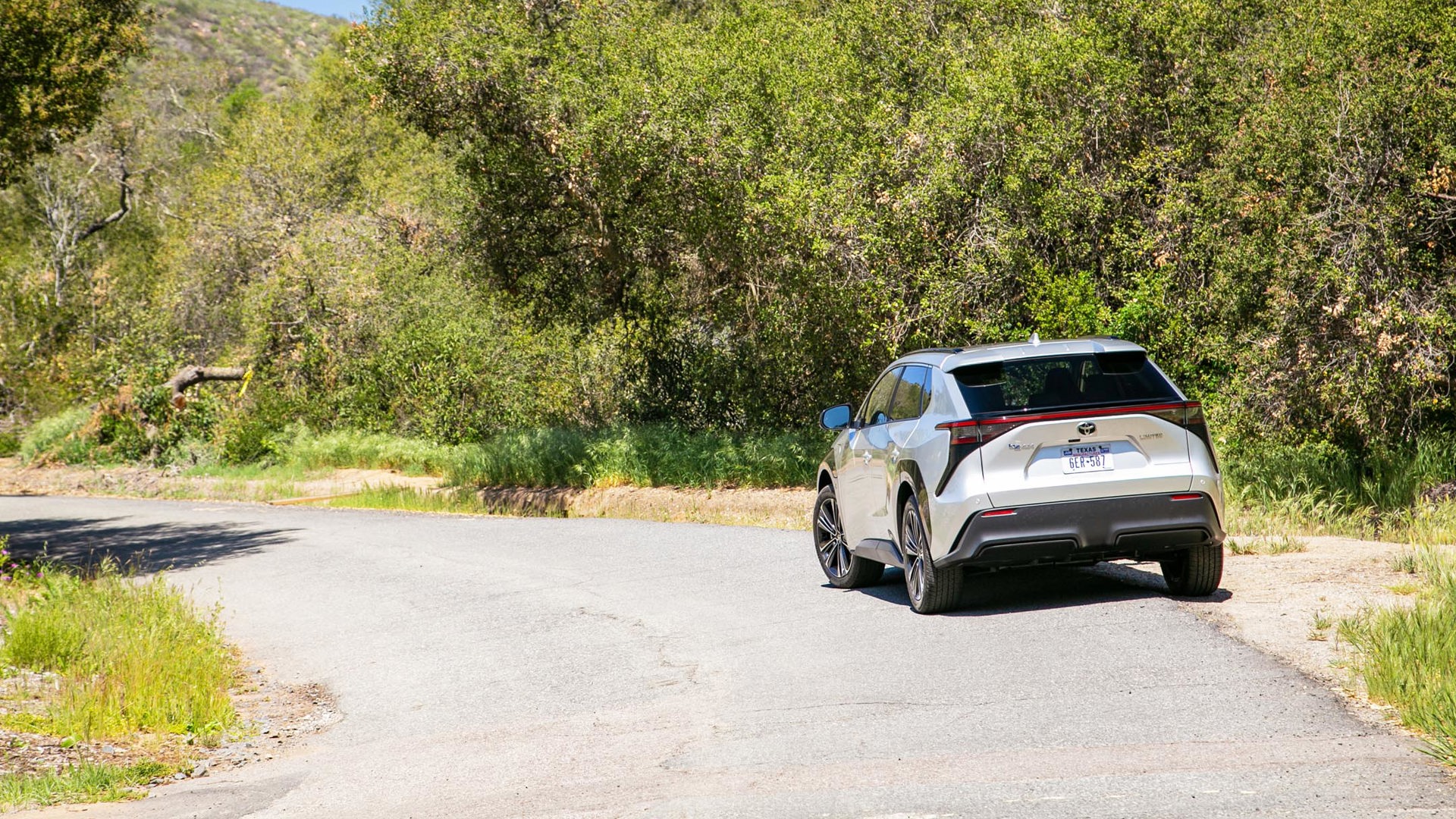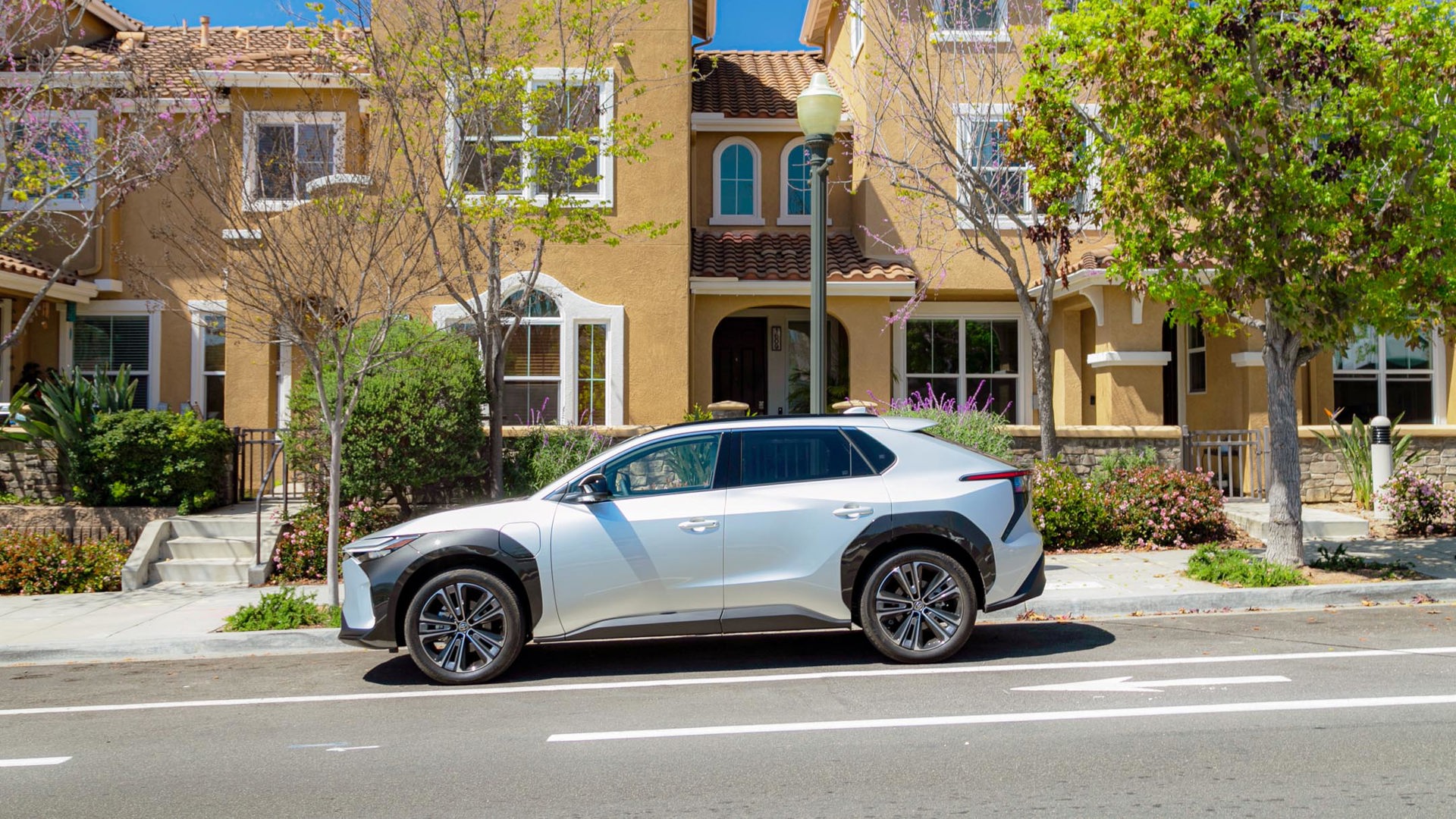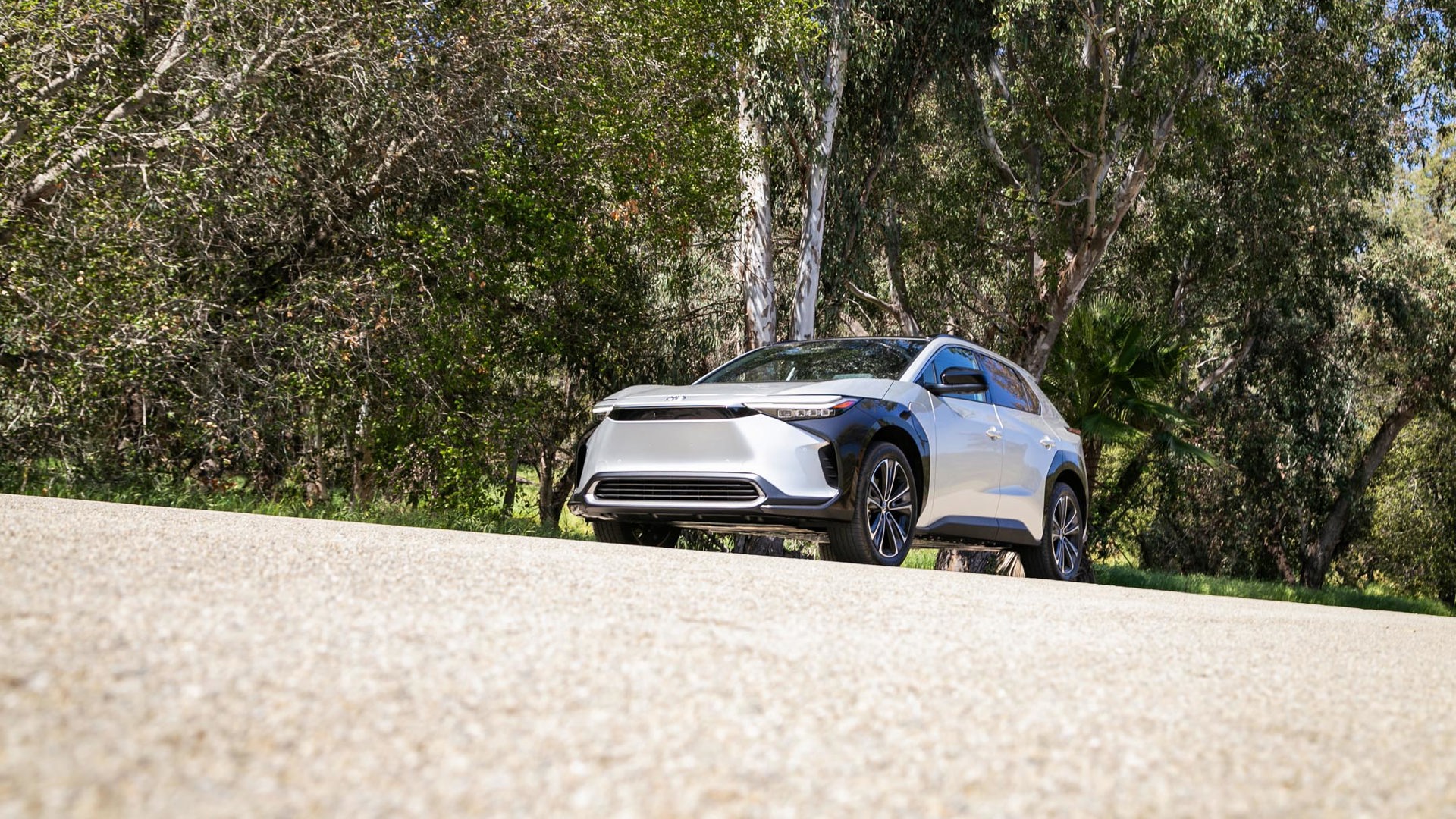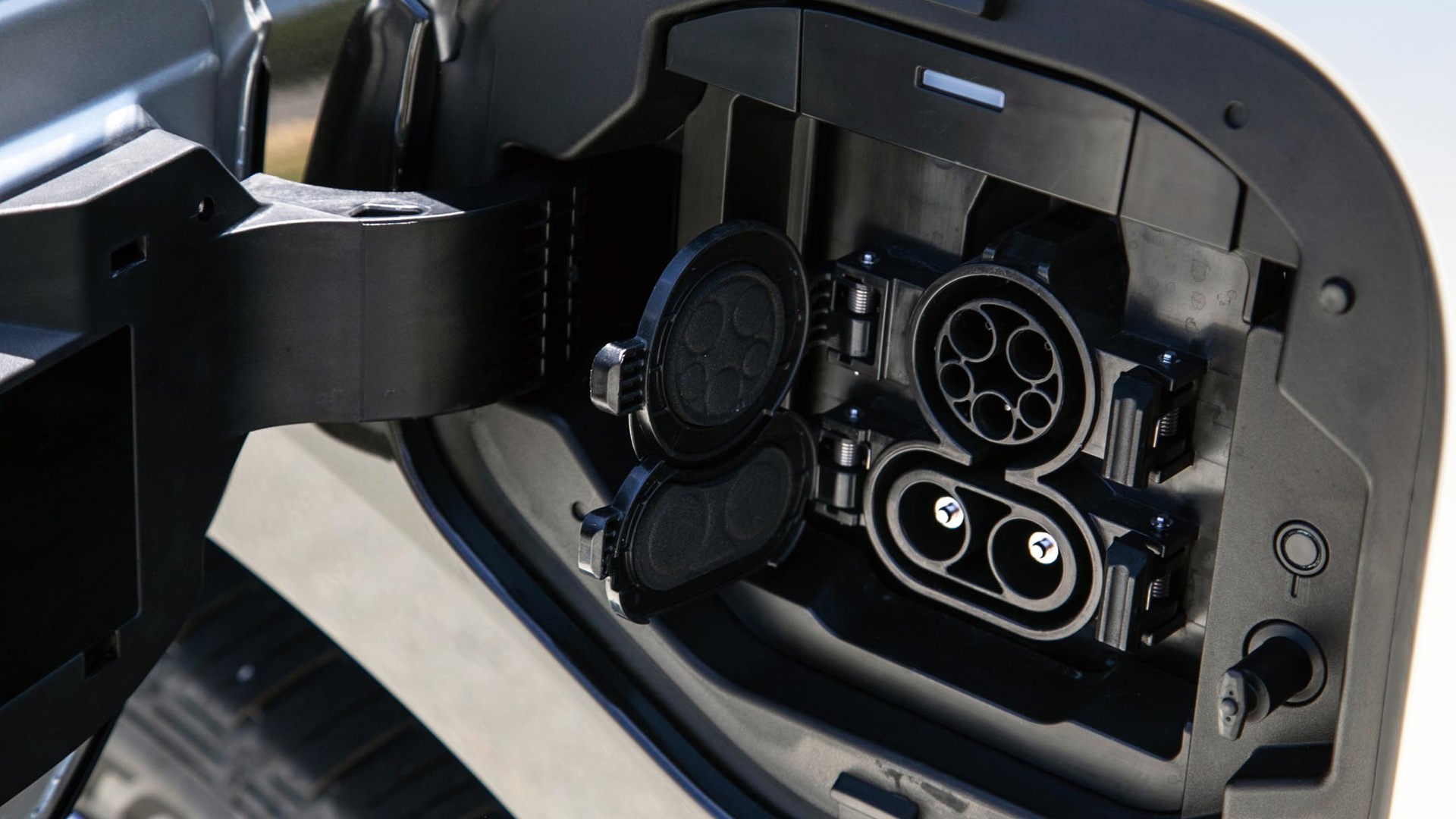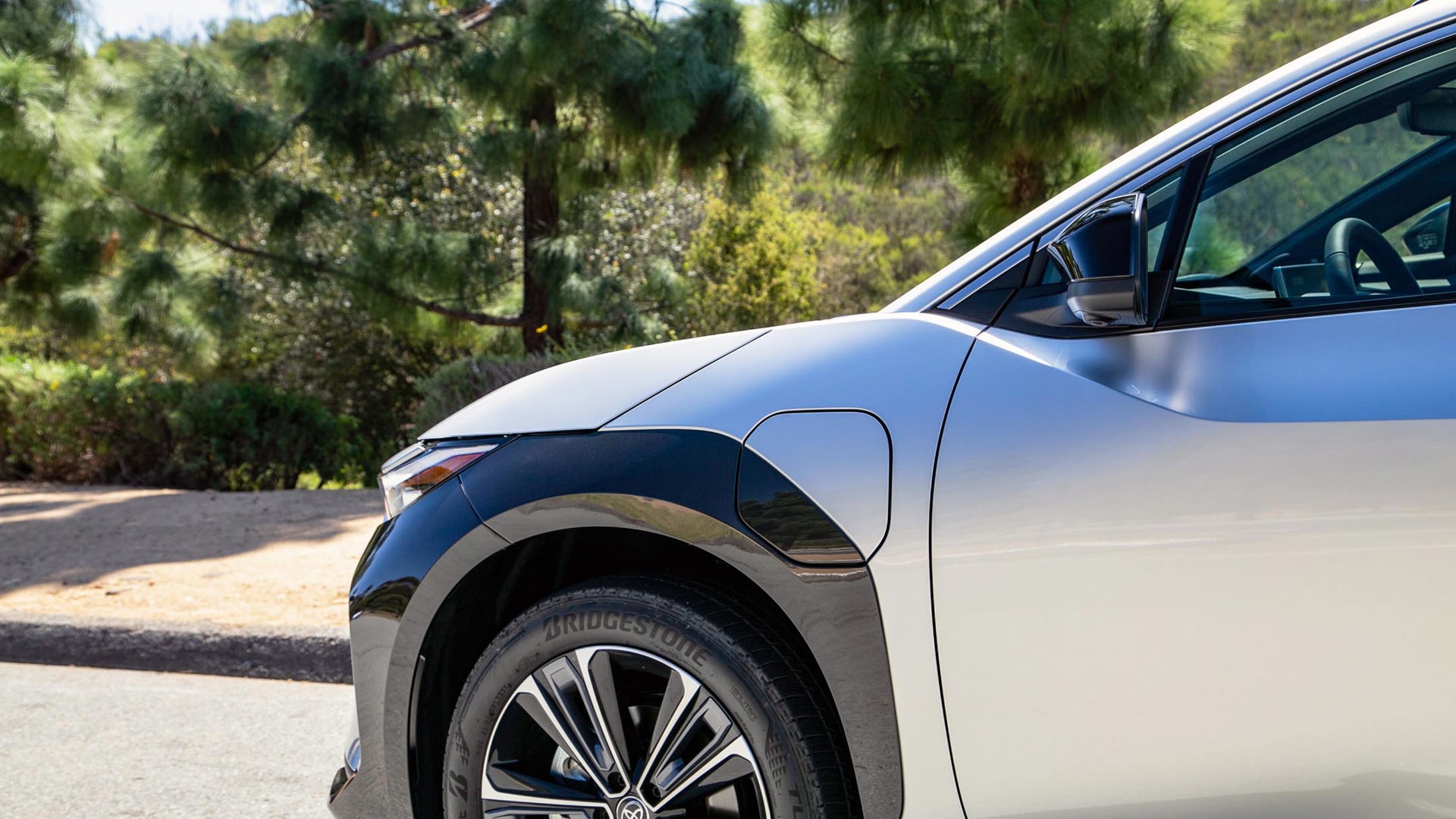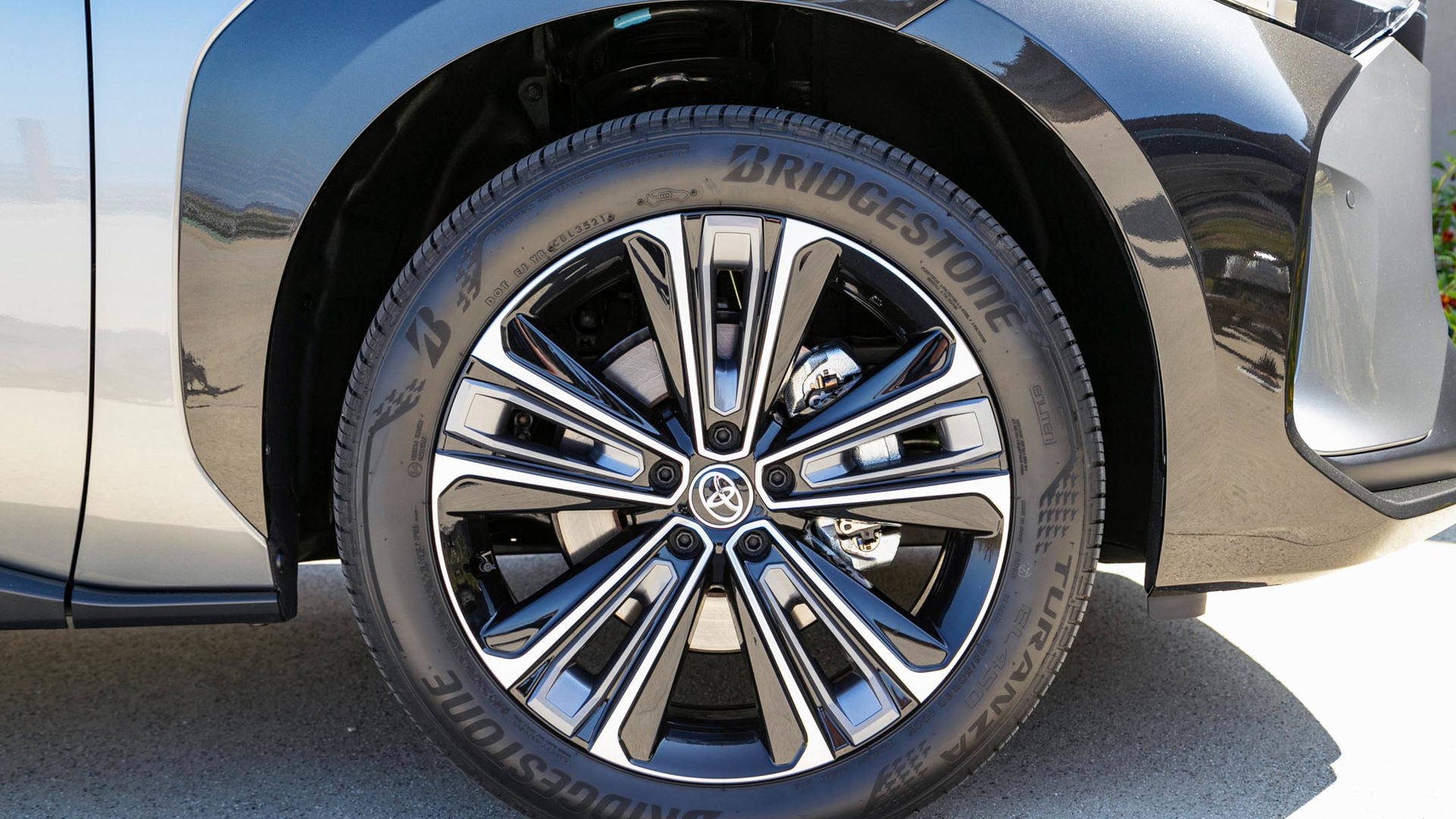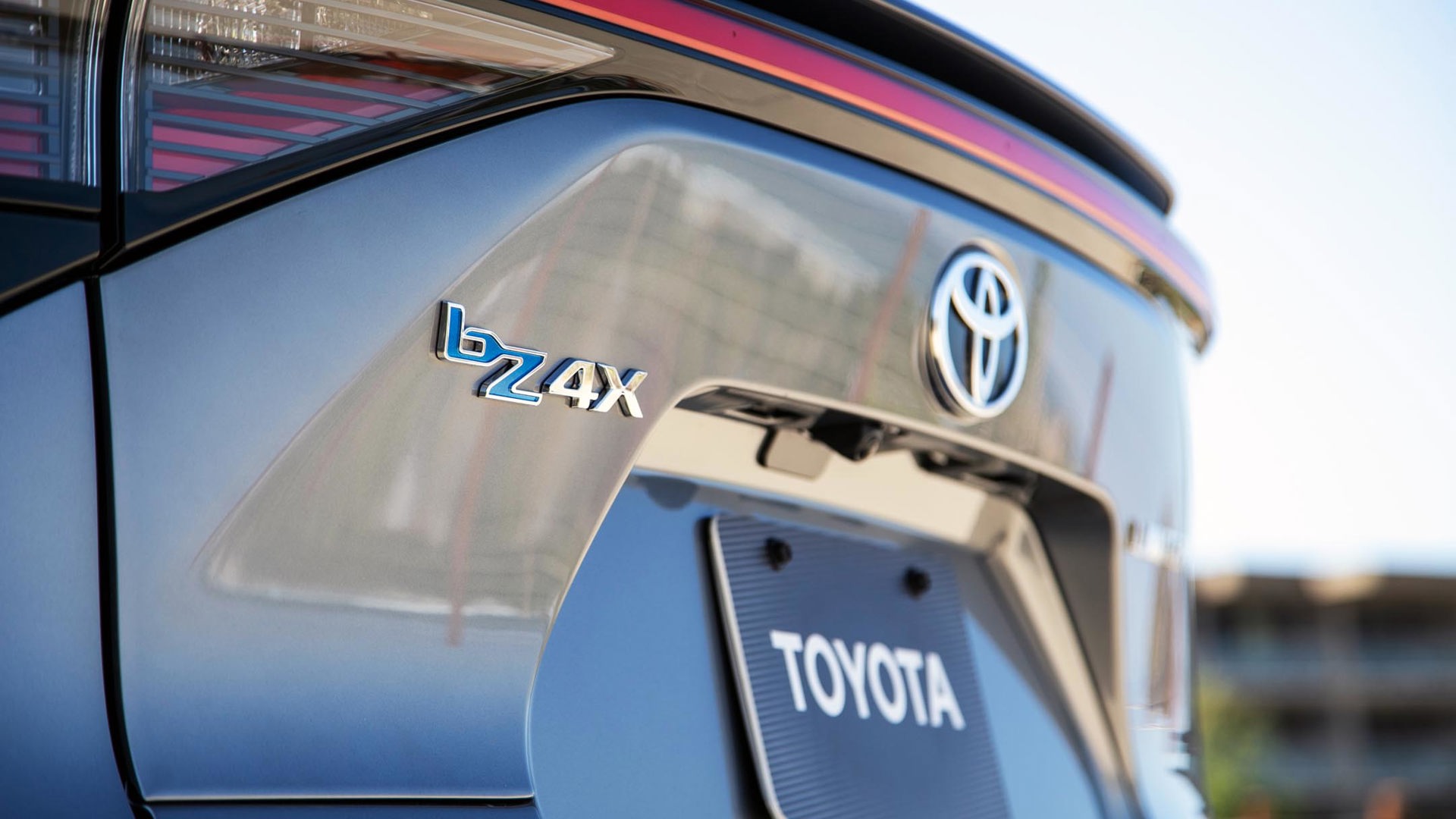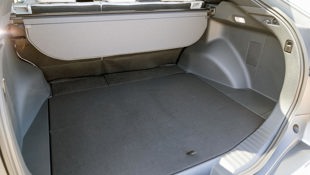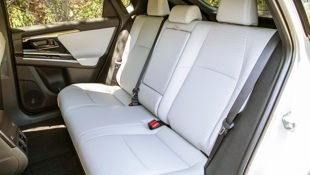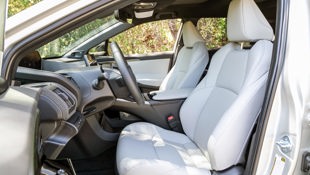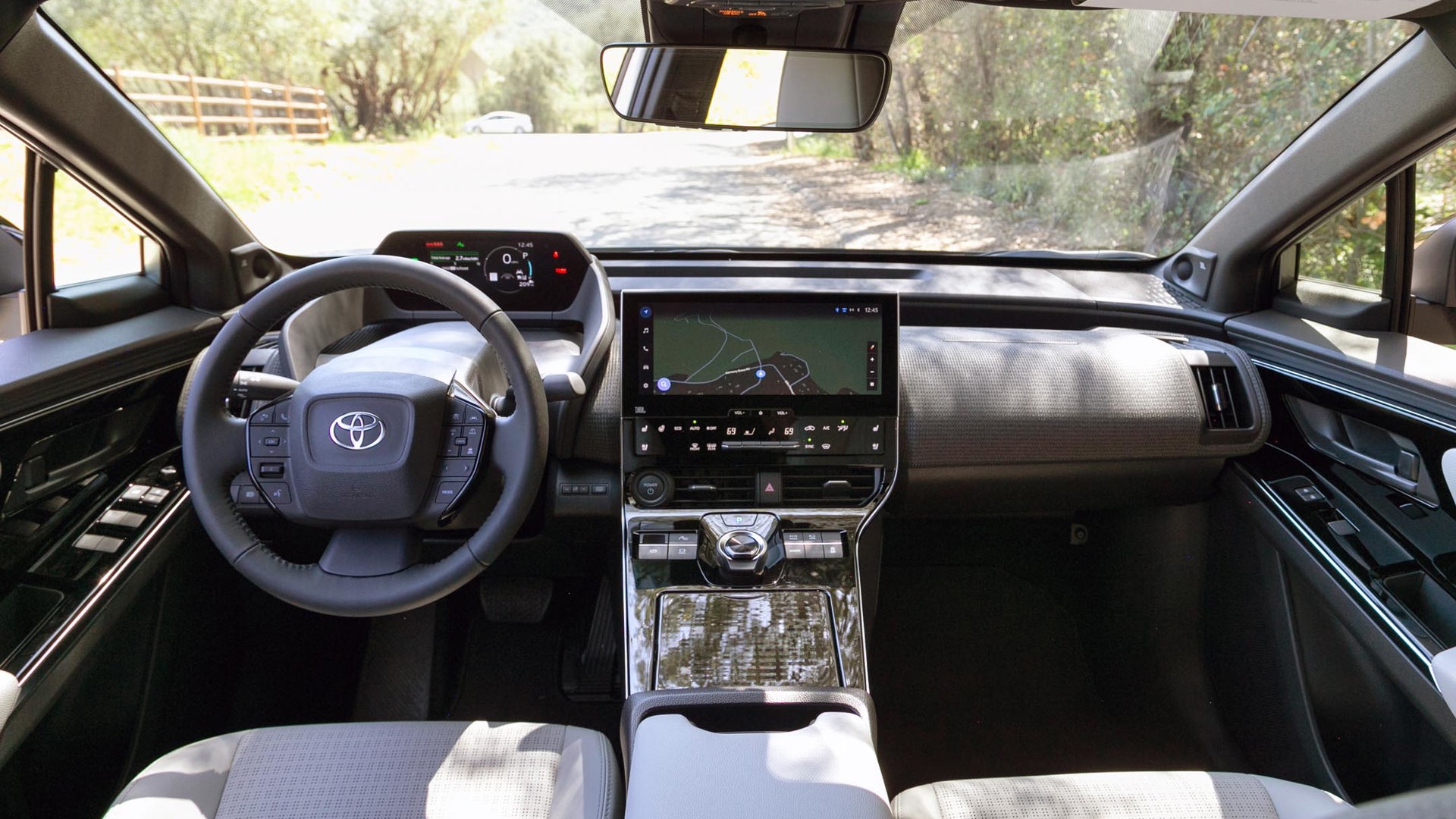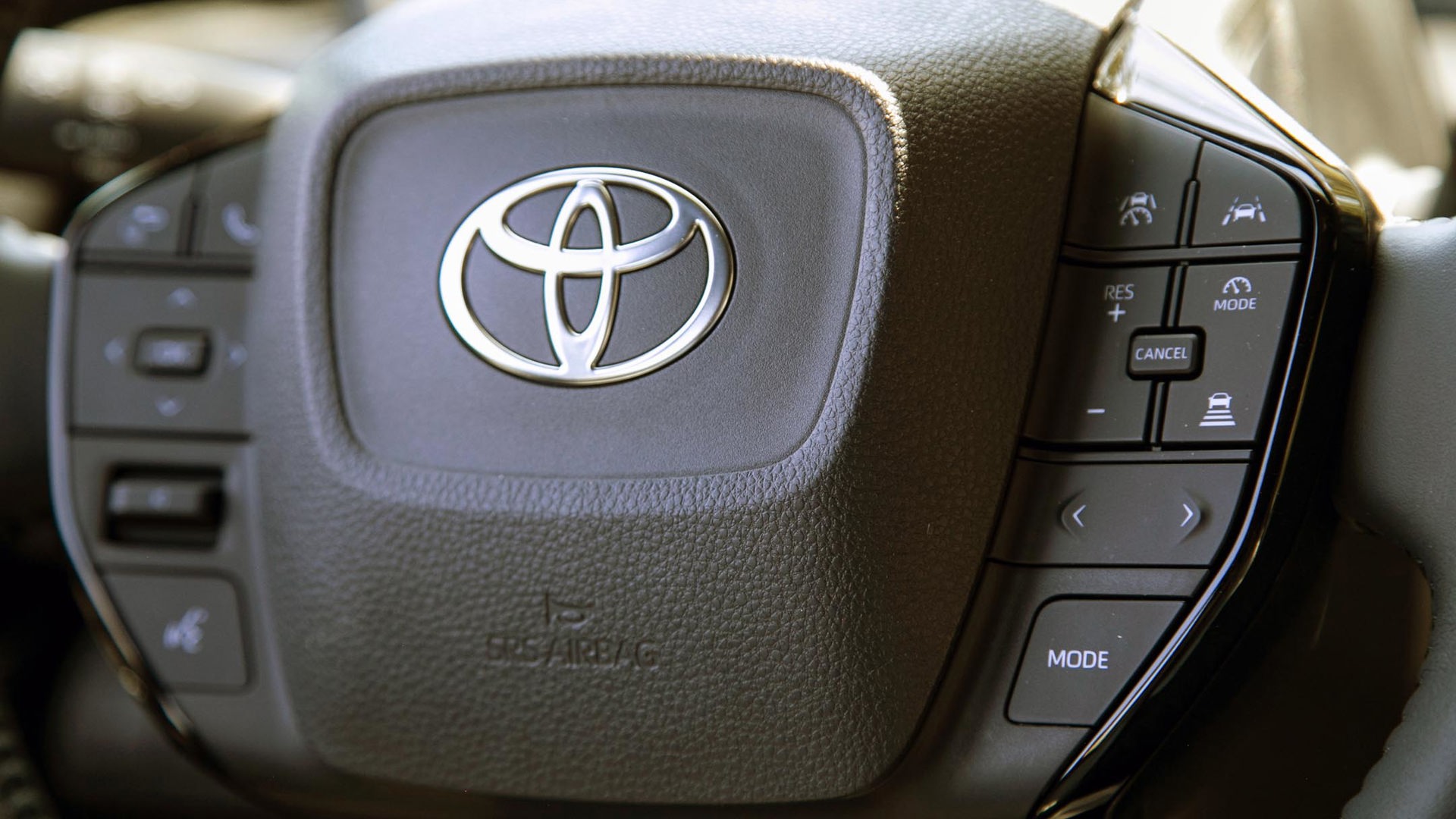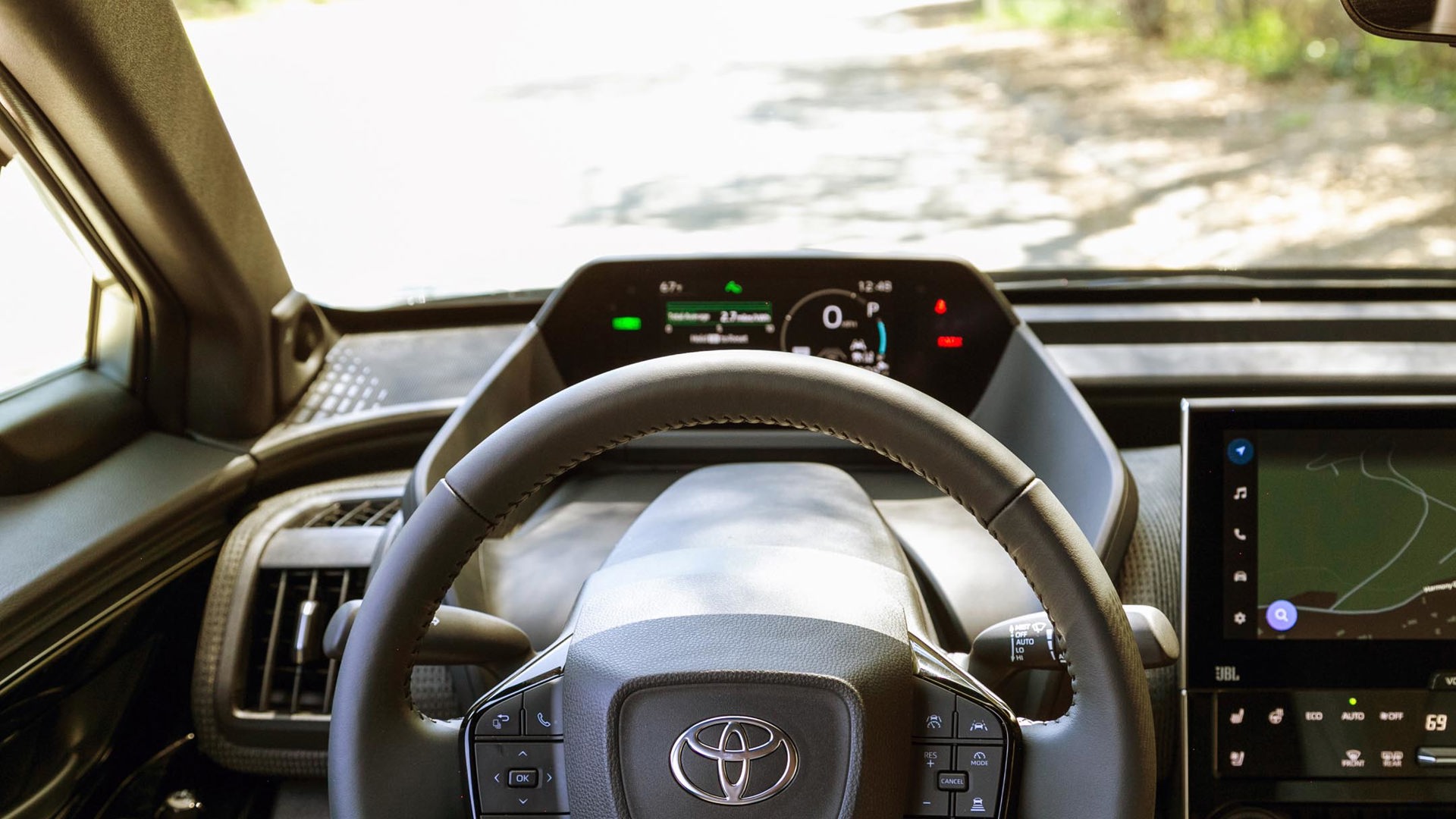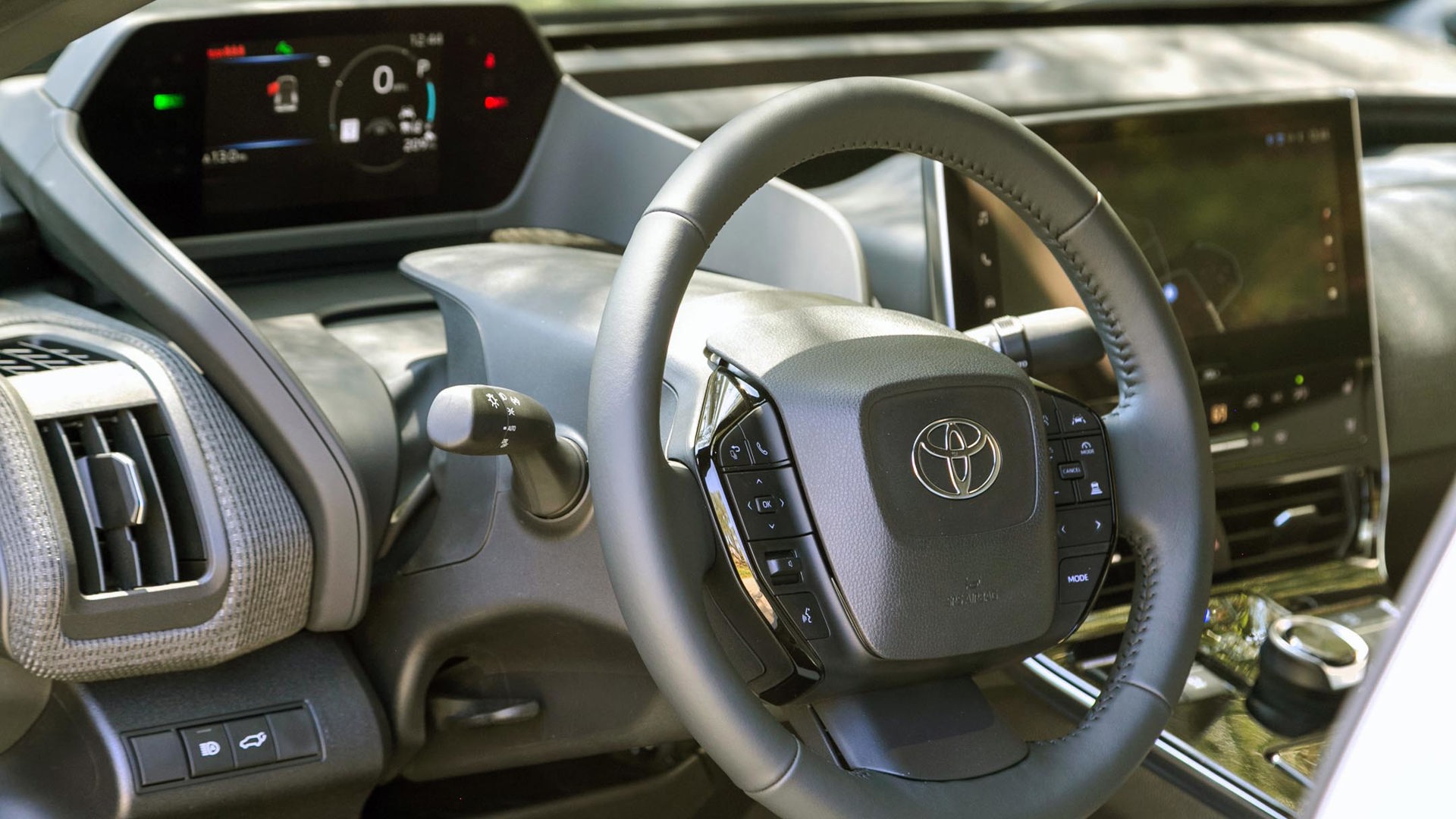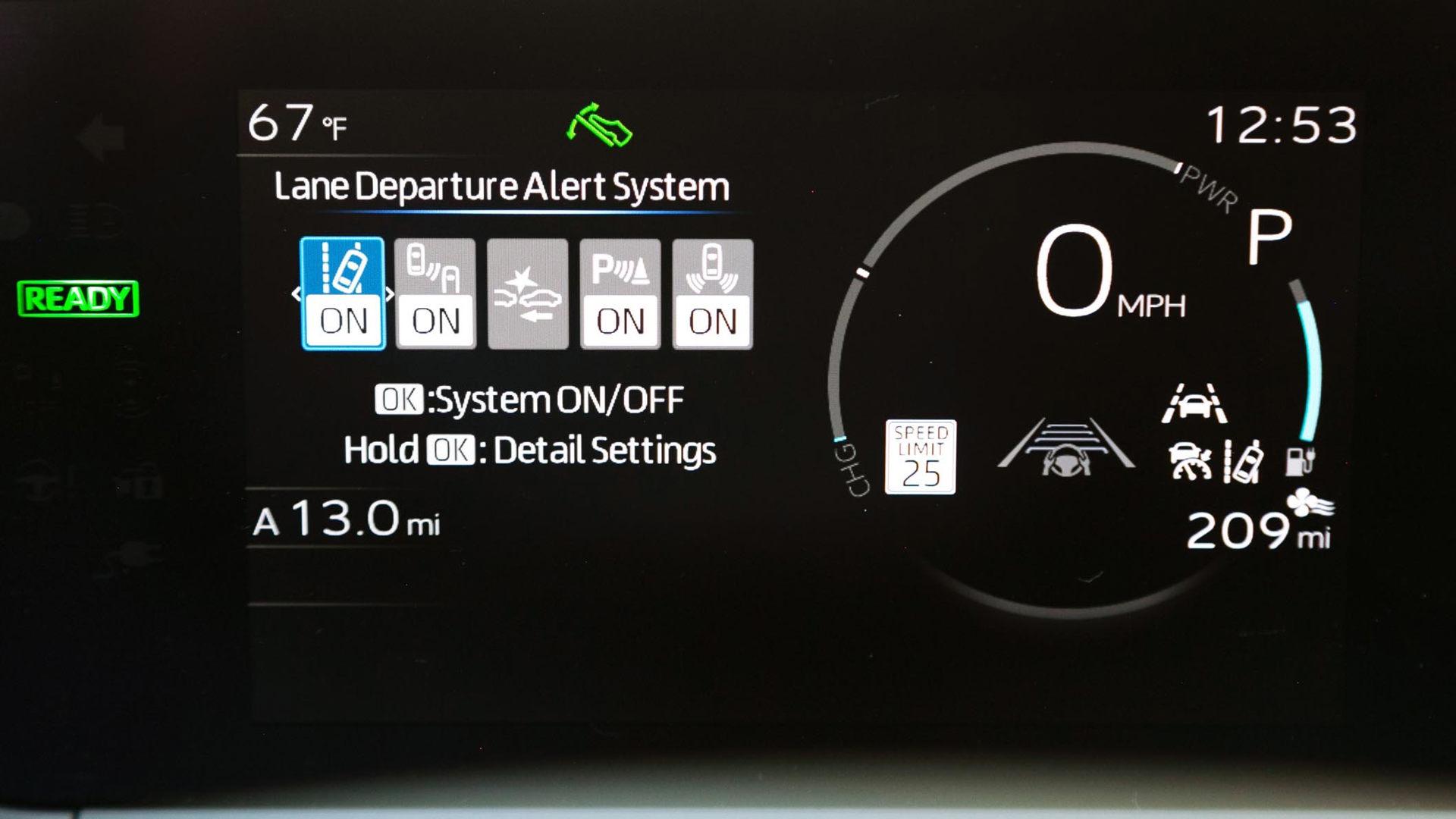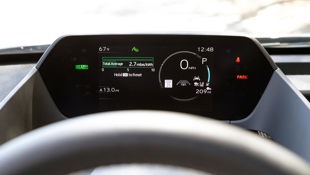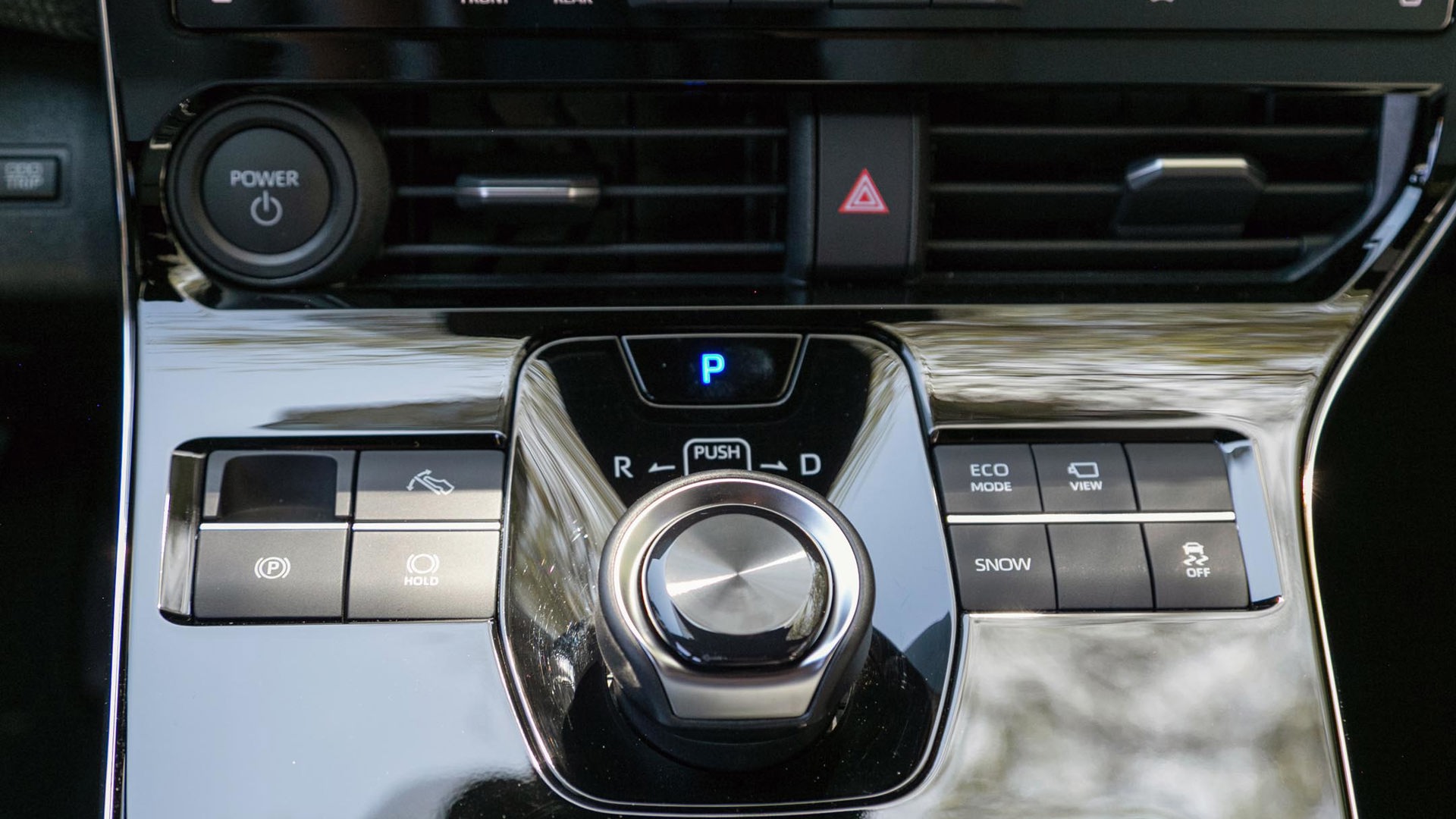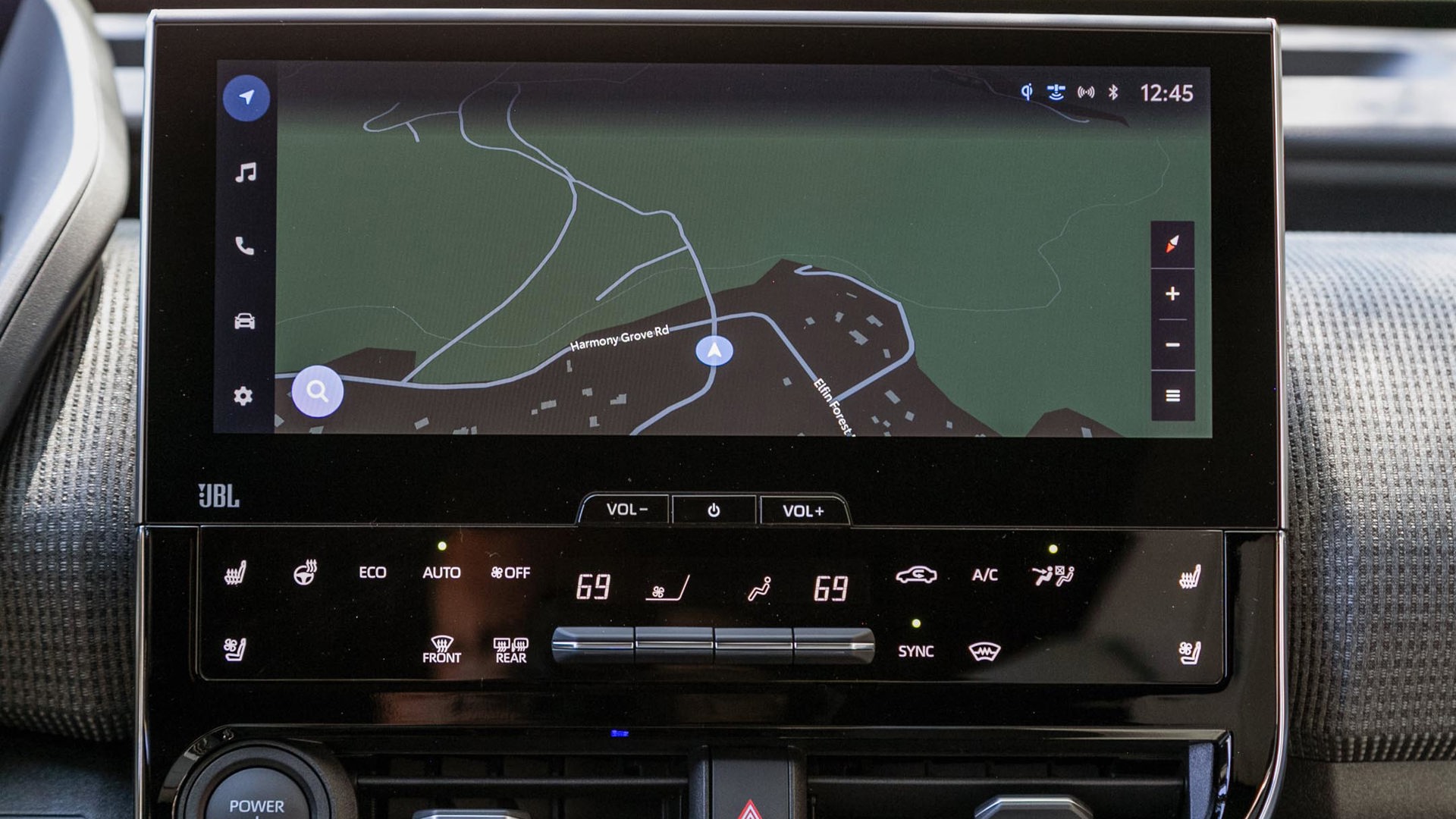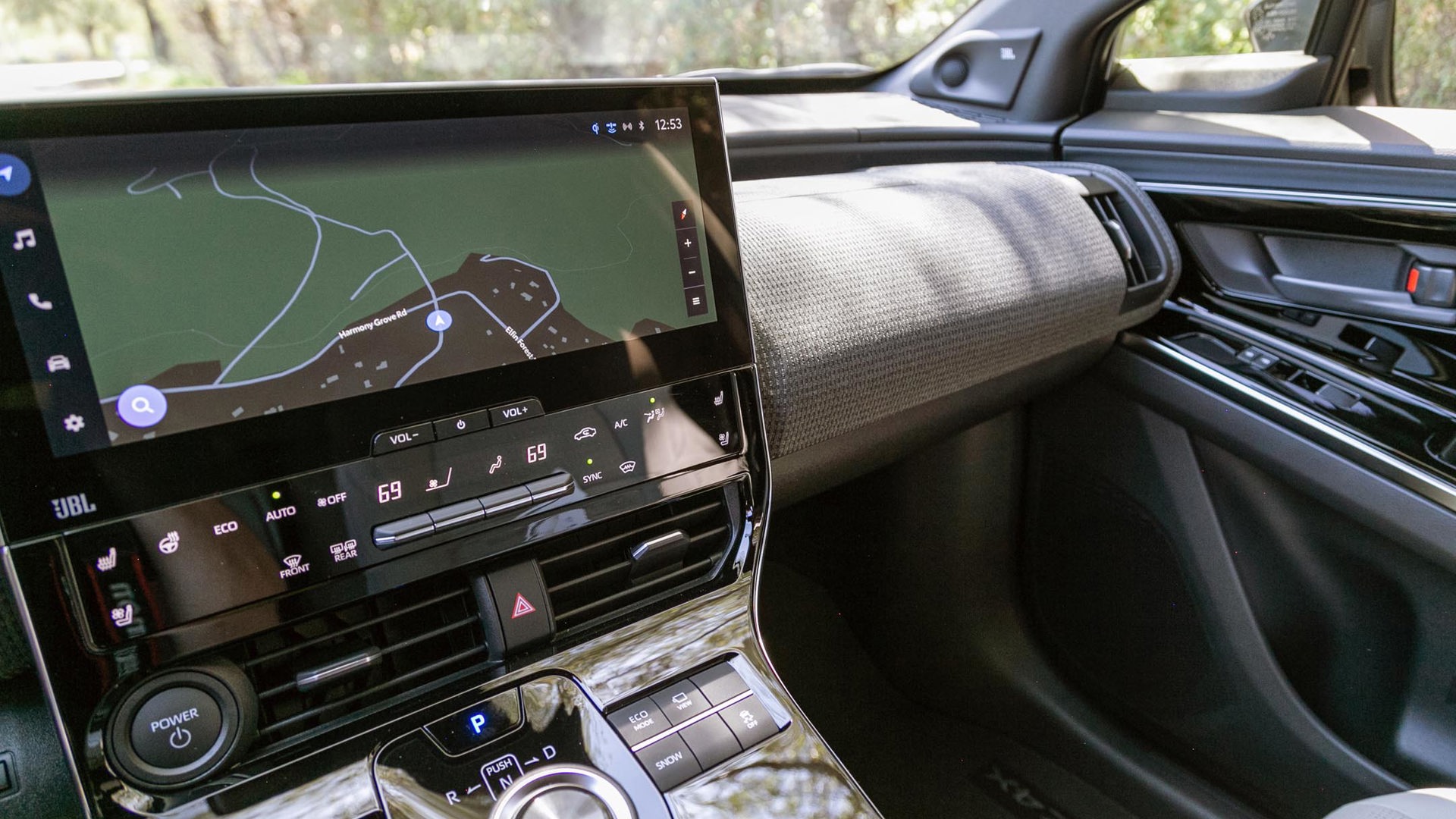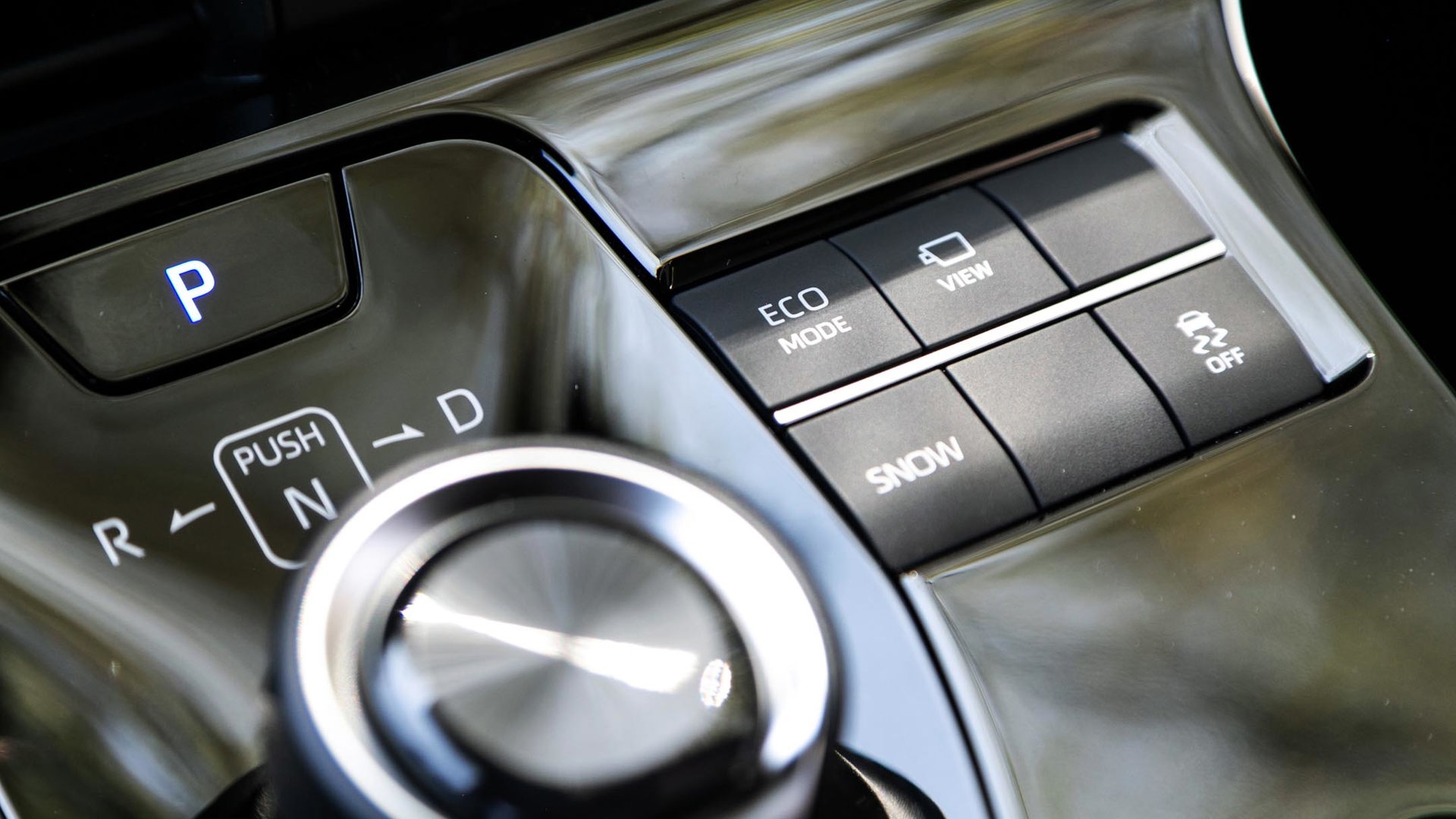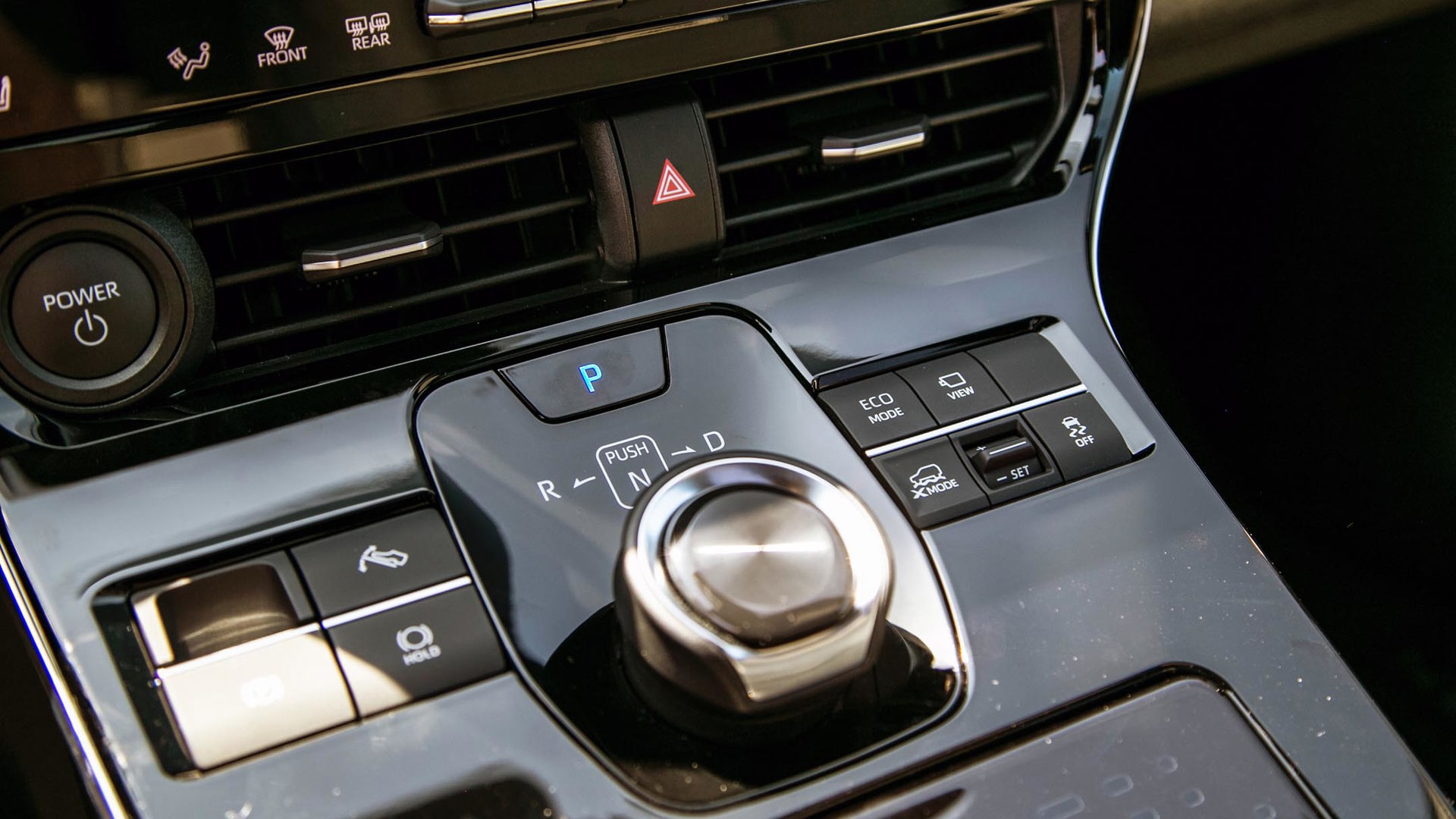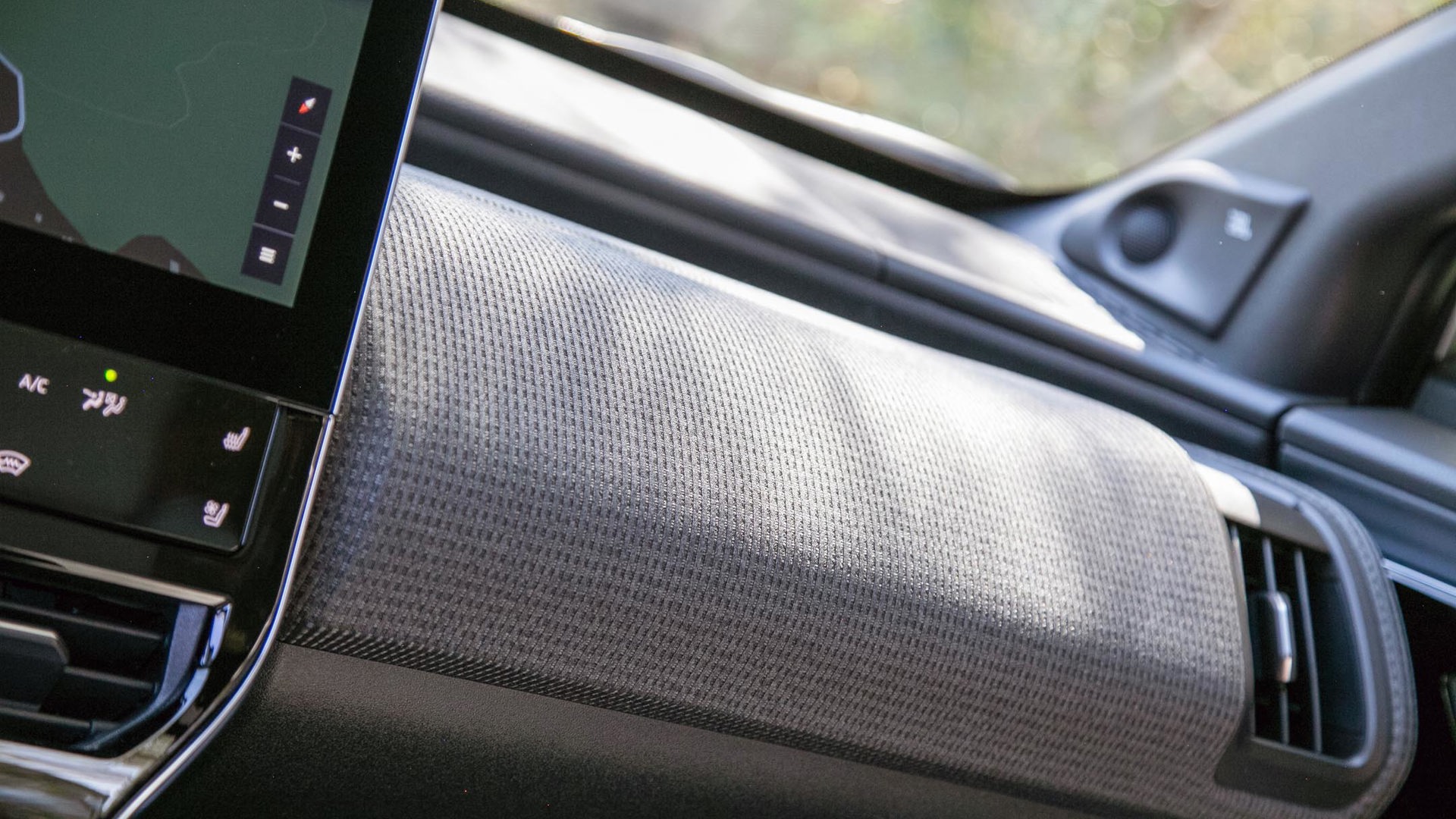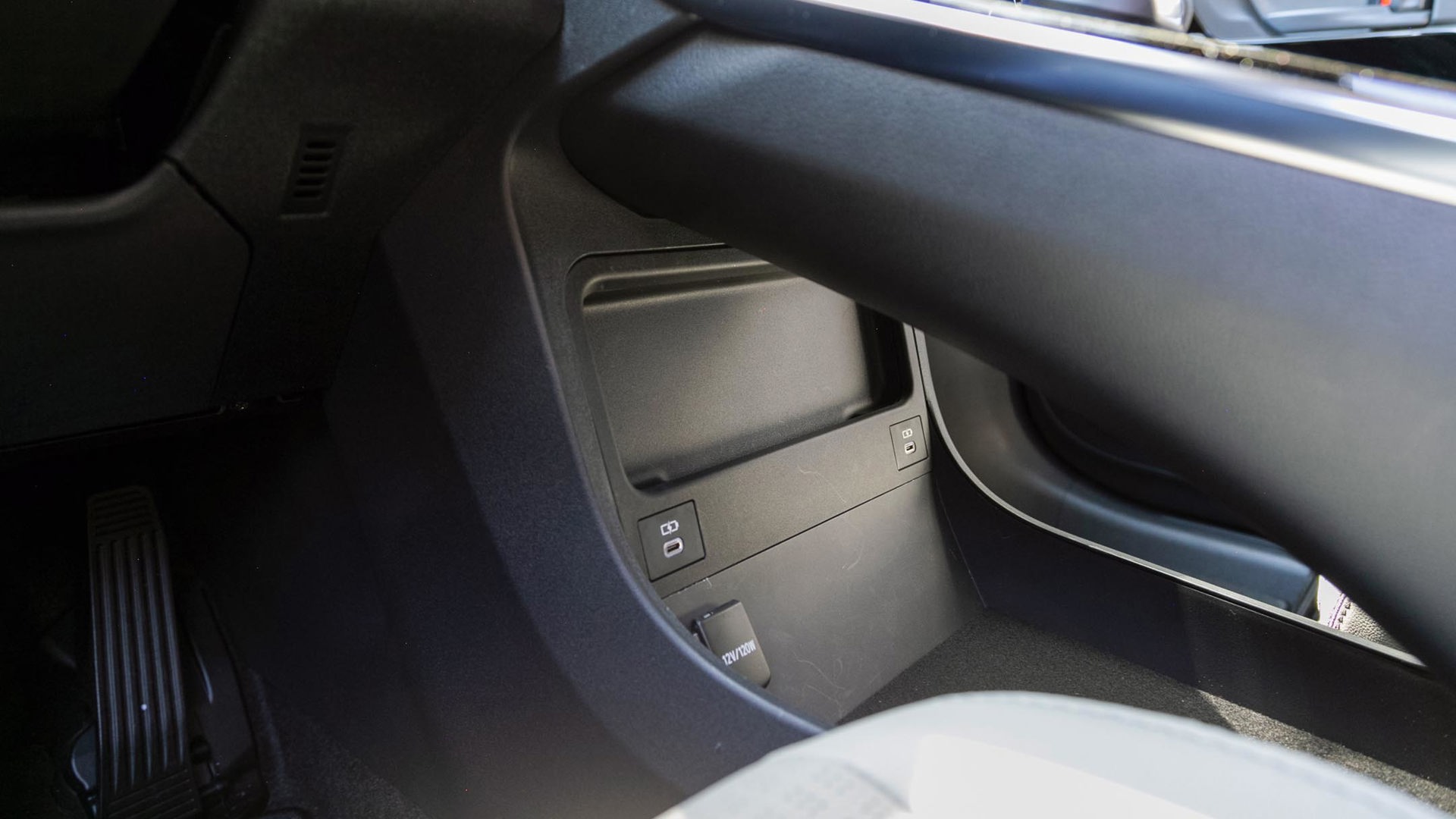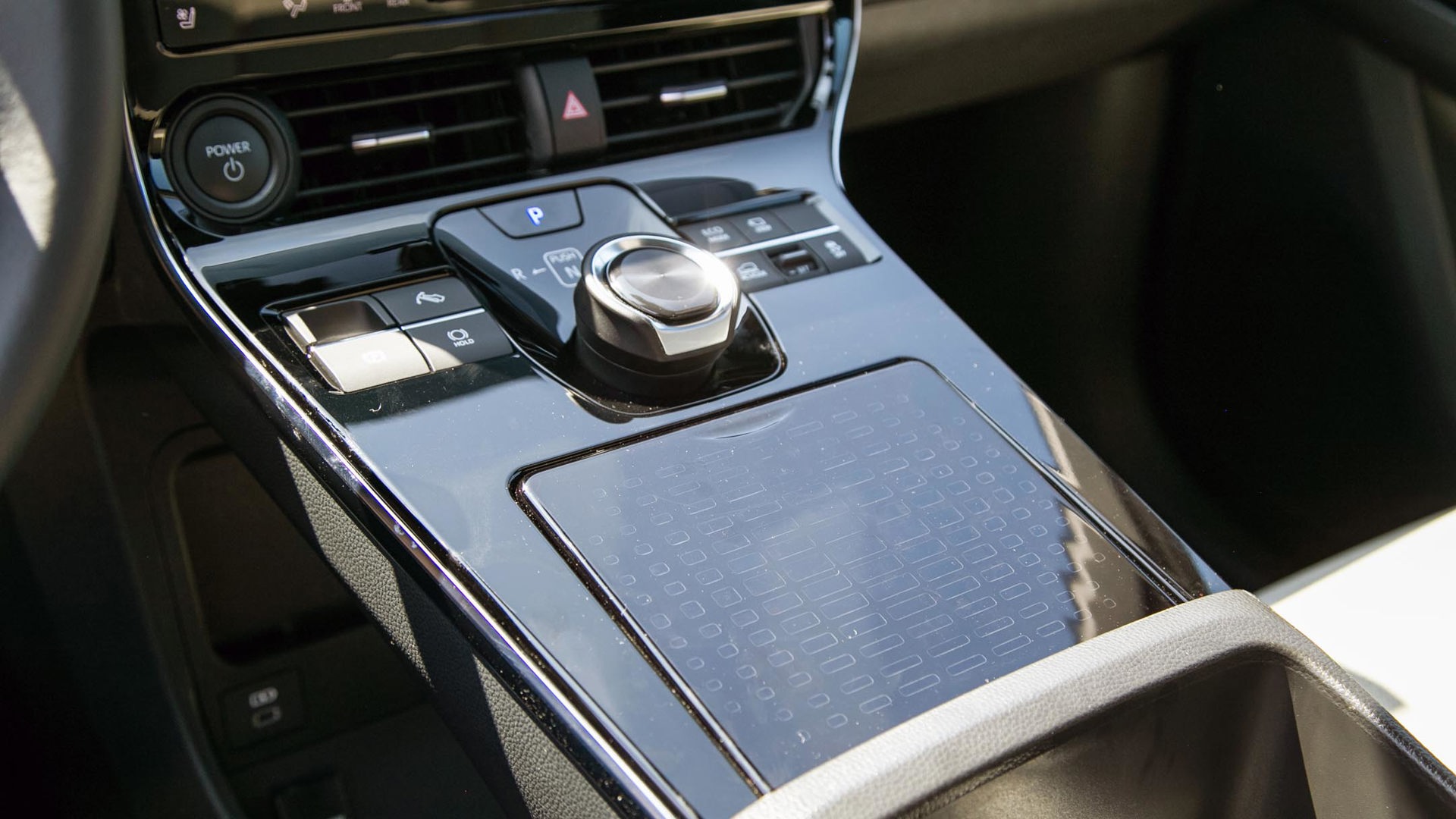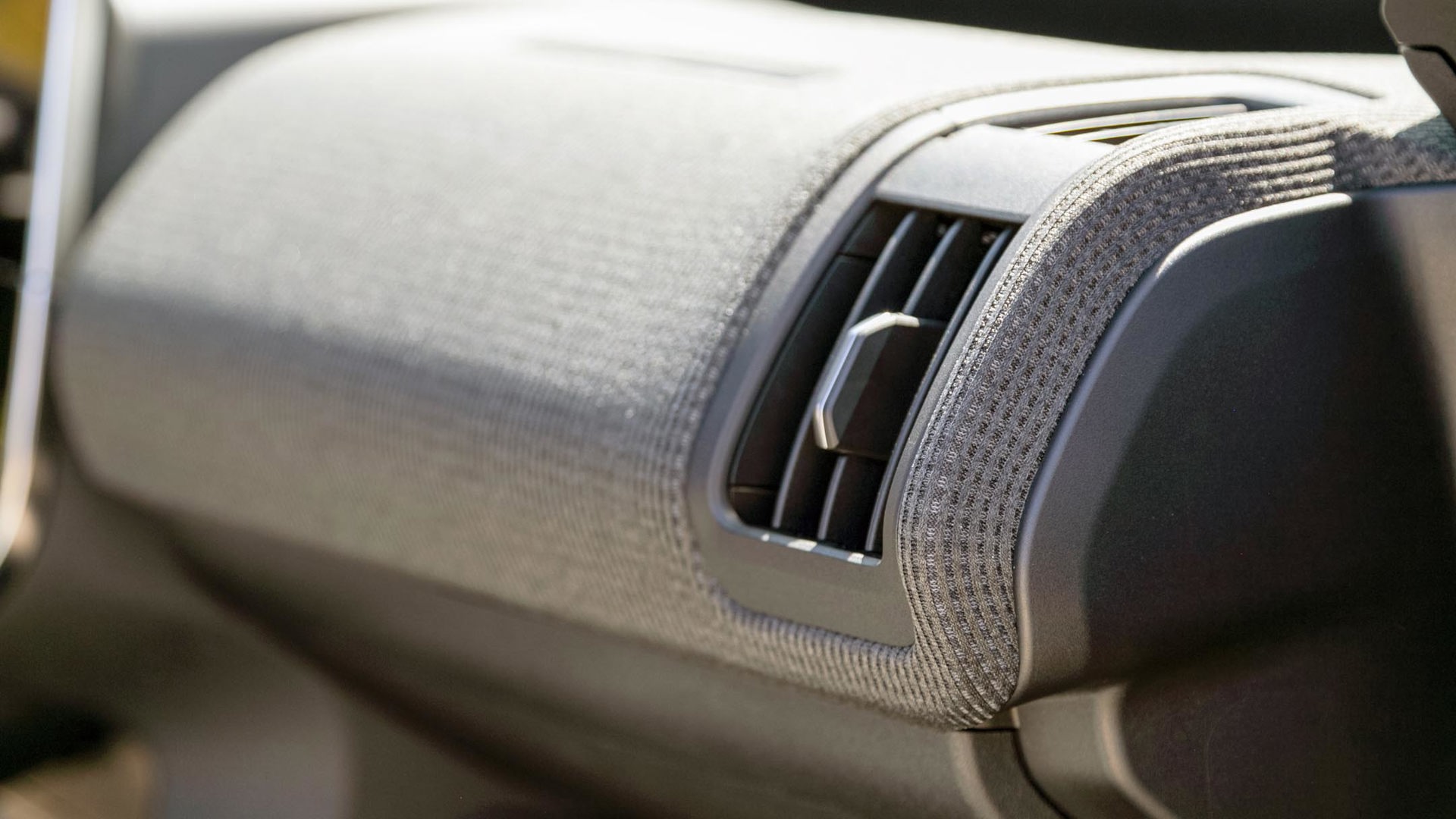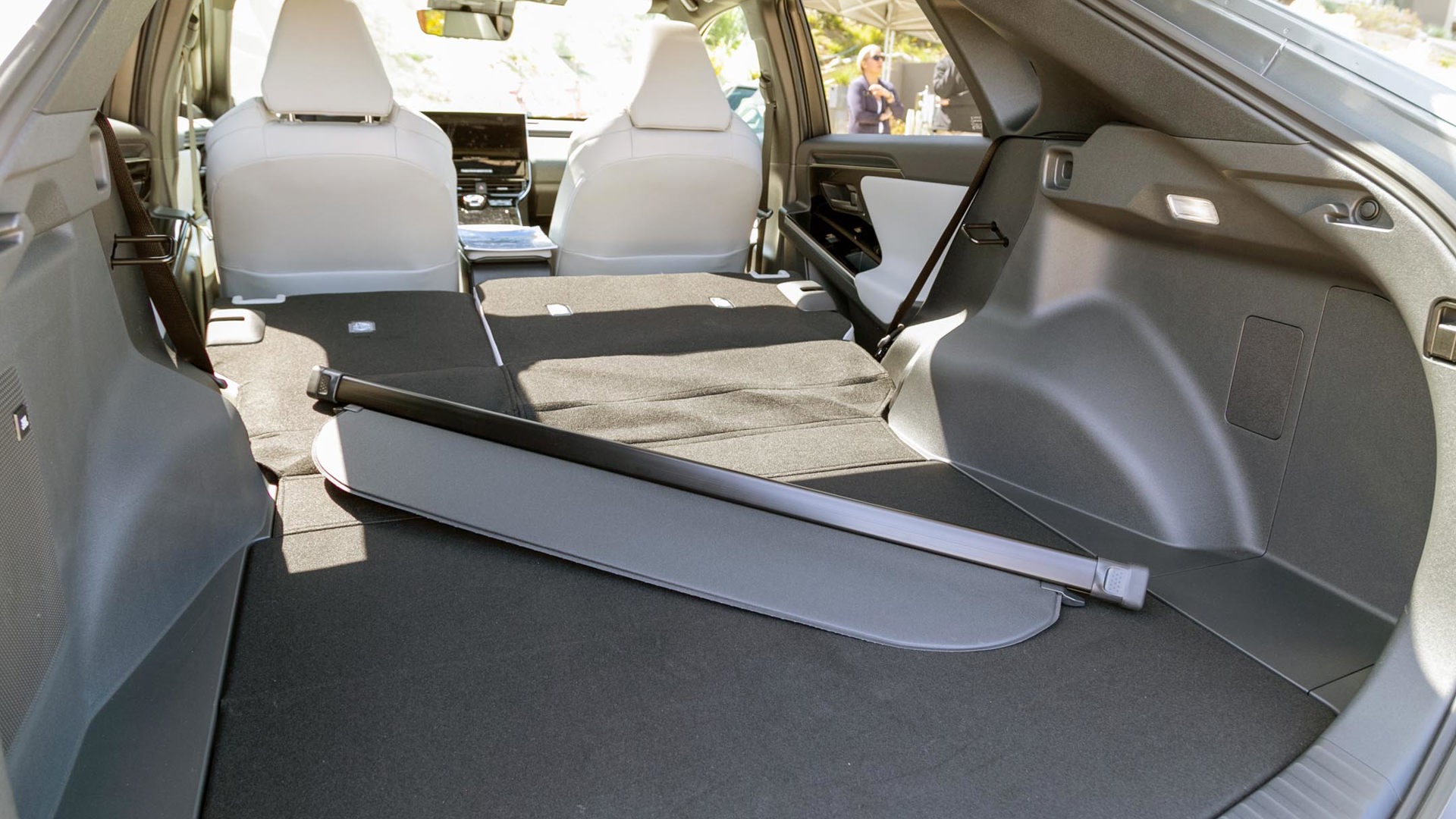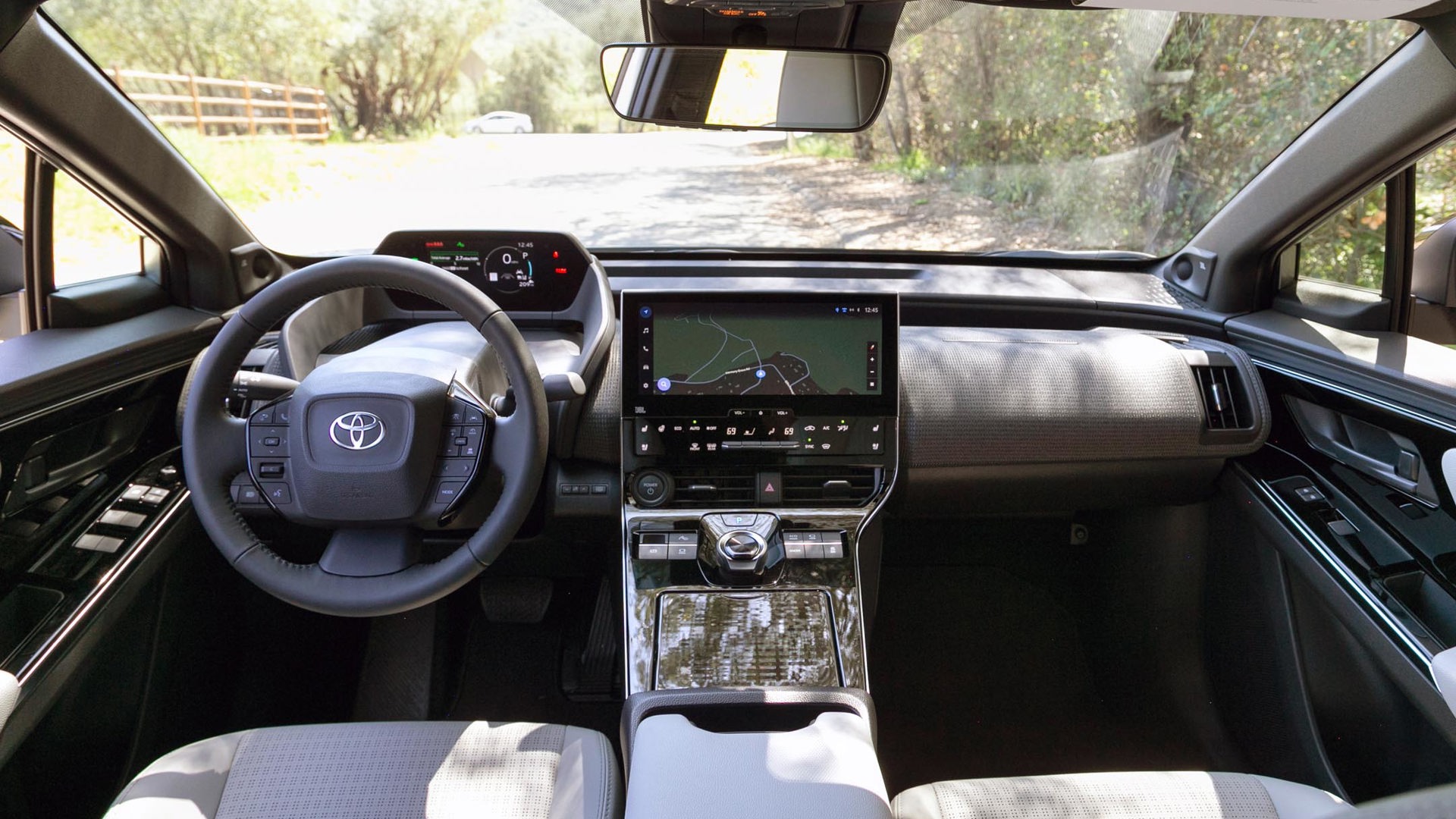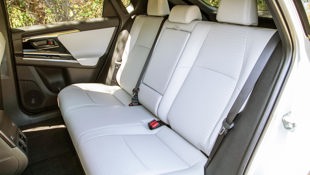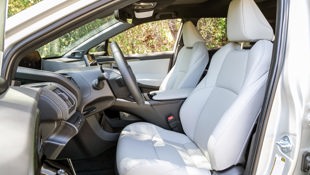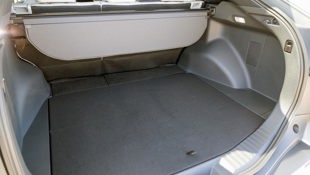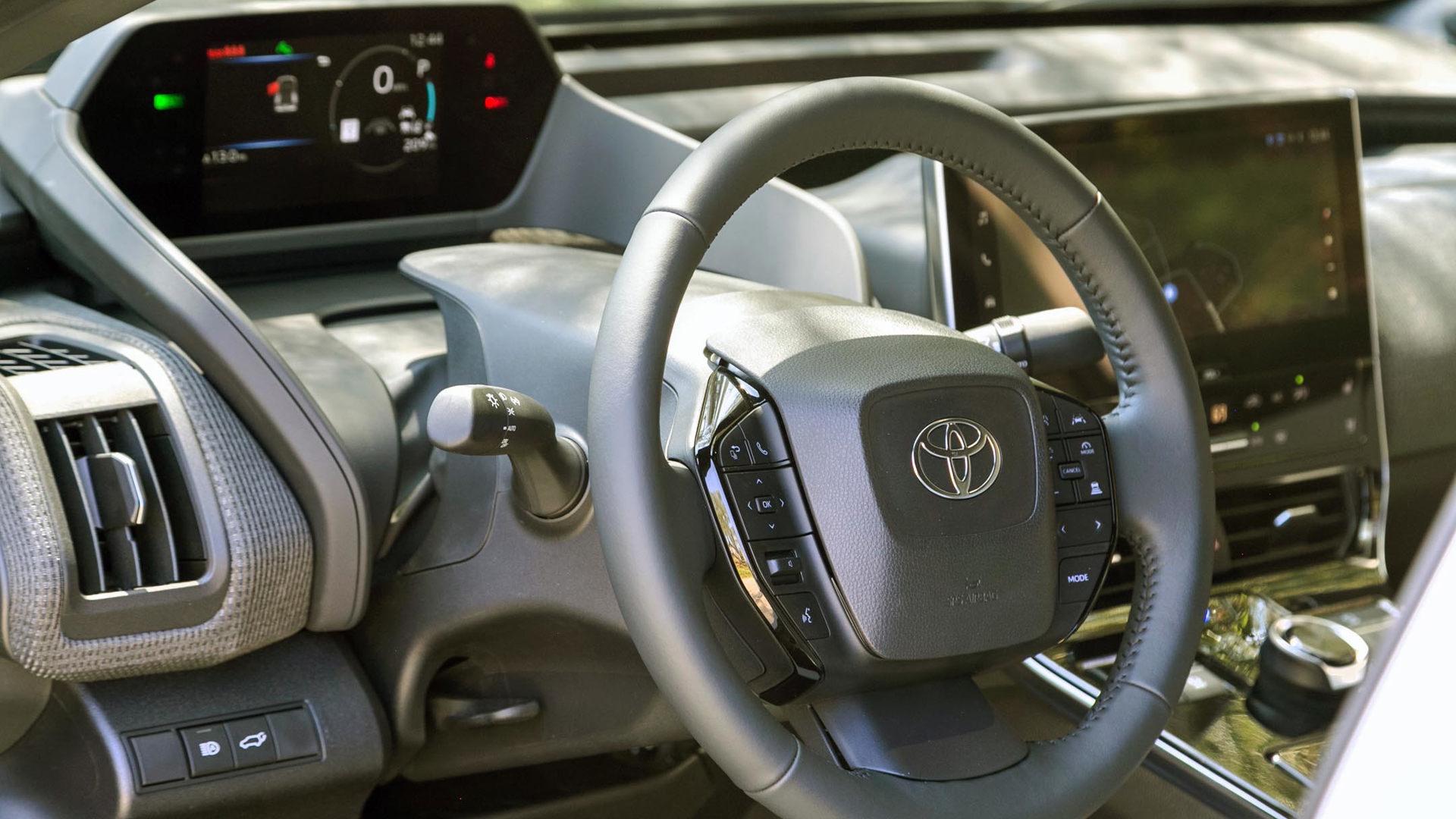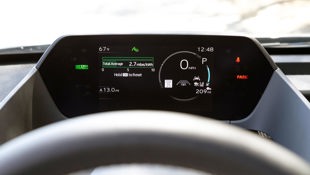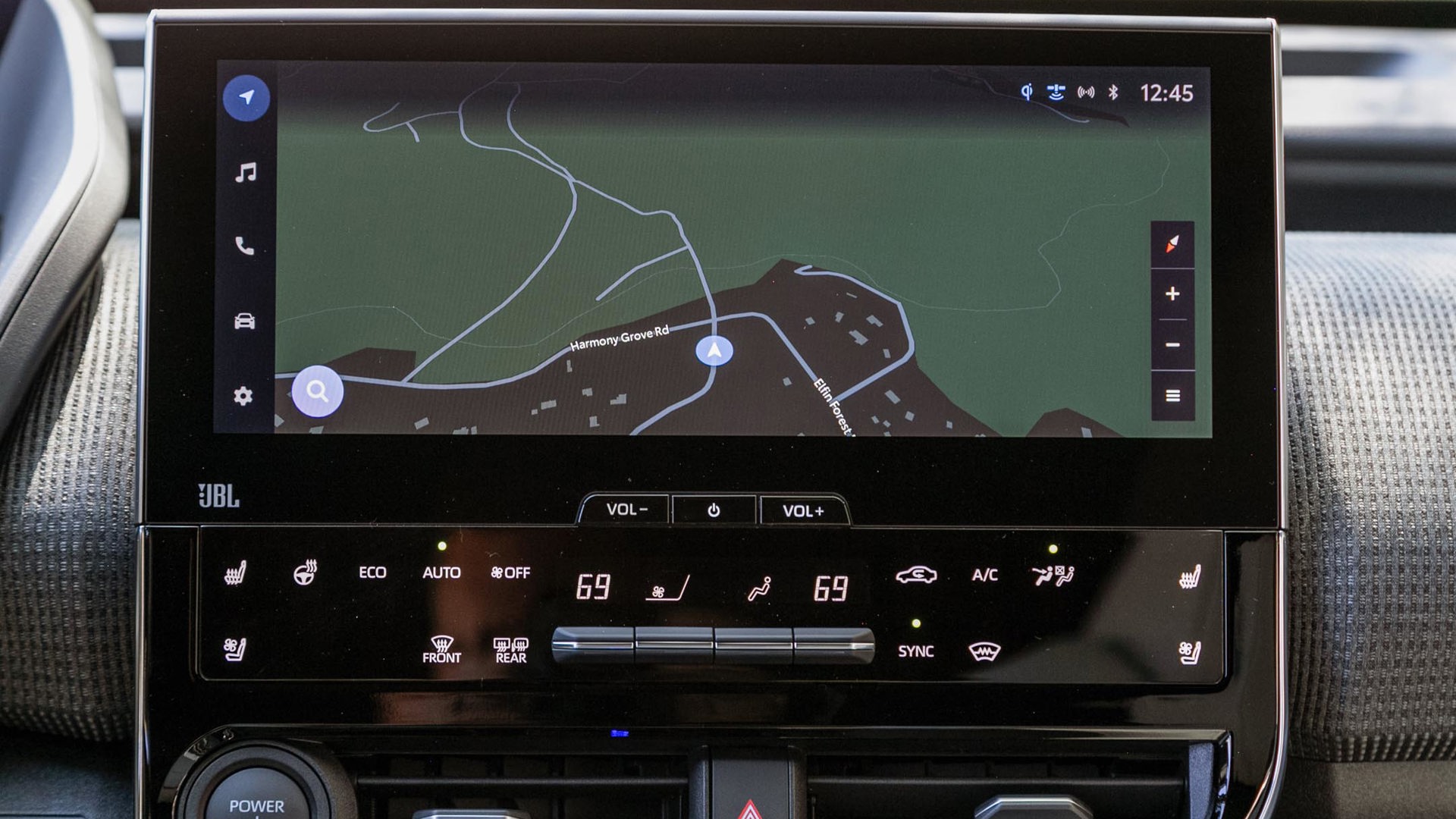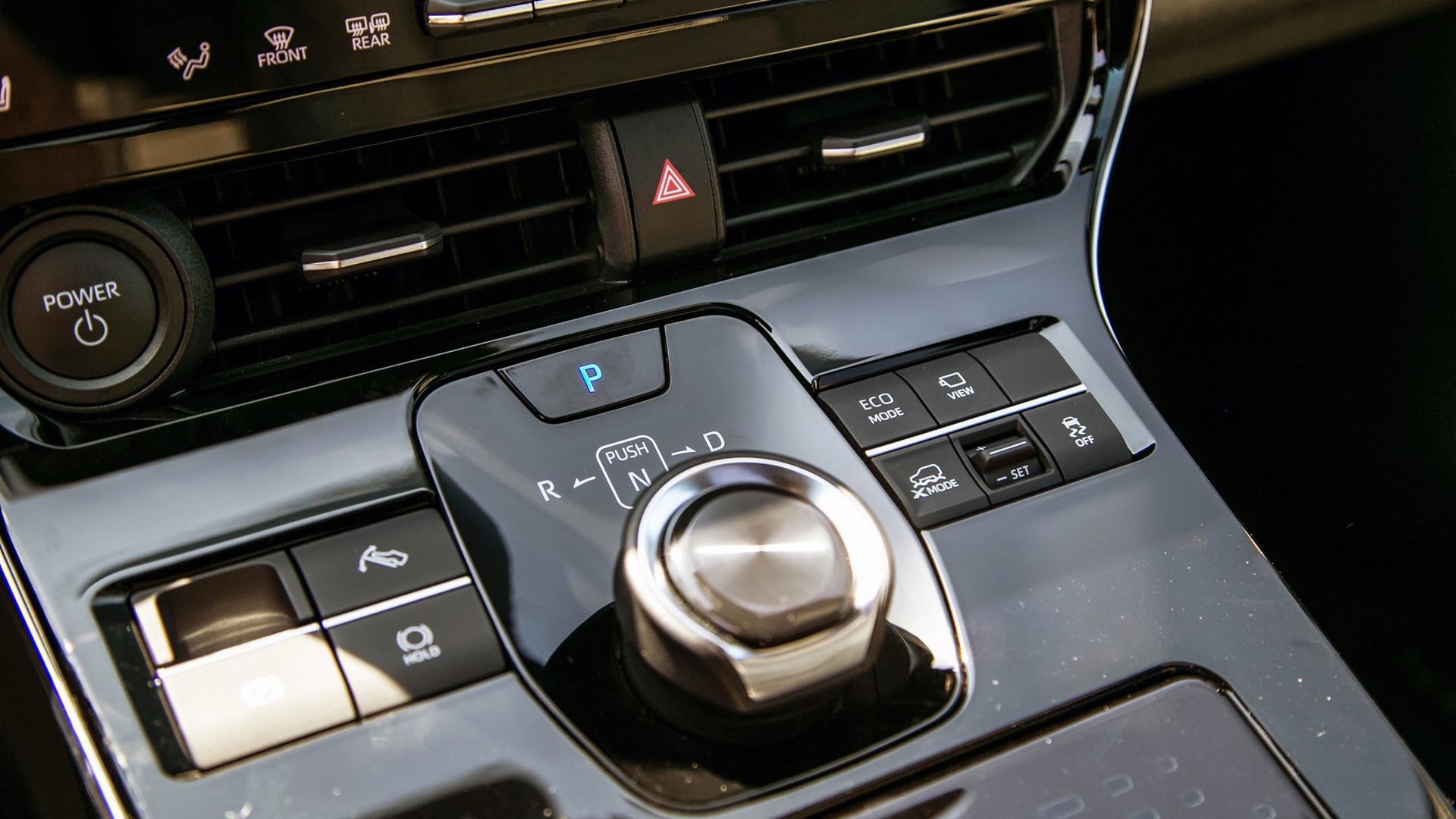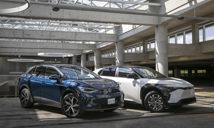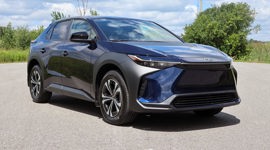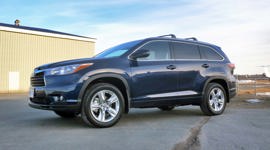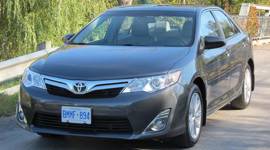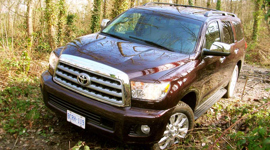Sales of electrified Toyotas – that is, conventional hybrid and plug-in hybrid models – increased by 76 per cent from 2020 to 2021, setting the stage for the brand’s first mass-market electric vehicle (EV): the 2022 Toyota bZ4X.
Available with two different lithium-ion batteries, front-wheel-drive versions have a 71.4-kWh pack, while those with all-wheel drive get a slightly larger 72.8-kWh unit. Despite those fairly big – and awfully similar – battery sizes, the bZ4X doesn’t do much to break new ground despite marking Toyota’s first foray into full electrification for the masses.
Maintaining the Status Quo
Front-wheel-drive versions utilize a single motor setup that generates 201 hp and 196 lb-ft of torque. All-wheel-drive models, meanwhile, use a pair of motors, each contributing 107 hp and 124 lb-ft of torque. Toyota claims the former has a zero-to-100 km/h time of 7.5 seconds, while the latter does the sprint in 6.9 seconds. On the road, no appreciable difference was felt between the two.
More importantly, the front-wheel-drive bZ4X has a claimed 406 km range, whereas dual-motor variants top out at 367 km. Toyota has included battery temperature pre-conditioning to help reduce the impact of particularly hot or cold weather on the battery’s functionality.
The bZ4X can be charged at home on a Level 2 (240-volt) charger, or at public charging from either Level 2 or DC fast-chargers, receiving up to 150 kW using the latter. Our drive route was too short to need a top-up, so we were unable to get a sense of how fast the bZ4X will actually charge, but Toyota claims a full charge at Level 2 should take approximately 11 hours, while an 80 per cent charge at a DC fast-charger can be reached within an hour.
Teamwork Makes the Dream Work
As they have done with the GR86 and BRZ sport coupes, Toyota and Subaru have teamed up for development and production of the bZ4X and Subaru’s forthcoming Solterra. In so doing, the two companies have drawn from their respective areas of expertise, with the bZ4X benefitting from Subaru’s prowess in all-wheel drive engineering. The system splits power anywhere from 40/60 front/rear to 60/40 front/rear, depending on the traction needs.
The bZ4X (and Solterra, of course) is built on a new version of Toyota’s global architecture, this one designed specifically for EVs and offering the benefits of a low centre of gravity, excellent stiffness, and a spacious cabin. There’s seating for five, with rear-seat legroom being notably generous. It also features a 60/40 split and folds flat, enabling a usable cargo hold measuring 784 L.
It’s also reasonably adept at hustling around southern California’s legendary mountain roads, managing to maintain its composure when pressed at speed through curves, even if the Bridgestone Turanza tires howled in protest with little provocation. The electrically assisted steering is heavily boosted and offers a very artificial feel, though not unlike what you get from any of the bZ4X’s competitors. It’s not a sporty machine, but it’s capable and quiet, and its suspension soaks up bumps very well. It also allows the driver to select the level of regenerative braking, but unlike some competitive models, including the stylish Hyundai Ioniq 5, it’s not a truly one-pedal experience and requires the driver to apply the brakes to come to a complete stop.
Nice Interior
Interior materials are generally high-quality, with the fabric dashboard finish a unique touch. There are a number of high-gloss surfaces that quickly collect smudges and dust, though, and only synthetic materials are offered, even for seating surfaces, no matter what trim level is chosen. [Vegans rejoice. – Ed.]
All trims but the entry-level L offer heated seats and radiant heating for the front foot wells. Climbing the trim ladder adds equipment like larger wheels, ventilated front seats, and a fixed panoramic sunroof. The driving position is comfortable and offers a commanding view all around the vehicle, and the configurable seven-inch instrument display is designed to be viewed above the steering wheel rim rather than through it.
Most models have a 12.3-inch touchscreen for infotainment duty. It’s a good setup that offers usable menu navigation, wireless connectivity for Apple CarPlay, wired Android Auto, and Amazon Alexa, plus a wireless charge pad and five USB ports throughout the cabin. It’s possible to lock or unlock the car, set climate controls, or adjust charging parameters remotely through a connected app, and this is the first Toyota to utilize a digital key that replaces a traditional fob with the driver’s smartphone.
Typical Toyota Safety
The abundance of technology also applies to the bZ4X’s safety features, with the latest version of Toyota’s safety suite that now includes motorcycle detection and the ability to prevent an occupant from opening a door with traffic approaching from the rear. There’s also pre-collision vigilance and automated braking, lane departure warning and steering assist, as well as self-parking capabilities.
Questionable Looks
The bZ4X looks like the awkward adolescent offspring of Venza and Prius parents. Compared to the ever-popular RAV4, this newest Toyota is longer, lower, and wider, with a wheelbase that’s been stretched 160 mm (6.3 in), pushing the wheels to the corners. The look has been exaggerated by the massive black fender arches that bleed into the front end. Toyota calls it premium styling, but it wasn’t that long ago that entry level econoboxes wore unpainted black plastic in the name of cost savings.
A Pricey Entry
Canadian bZ4Xs will be offered in six colours and three trim levels starting with the front-wheel-drive L at $44,990. At $49,990, the LE represents a notable jump in features that will likely make it a volume seller, while the XLE AWD rings in at $54,990. Buyers wanting 20-inch wheels, a premium sound system, and ventilated seats (among other incidental upgrades), will need to splash out $62,750 for the XLE AWD with the available Technology package. Sales will kick off in Quebec and British Columbia, with the rest of Canada unlikely to see any before next year.
Final Thoughts
The 2022 Toyota bZ4X may be the catalyst to convince hesitant consumers that trust this brand’s reputation for longevity and durability make the leap to an EV. Helping to build faith, Toyota is offering an eight-year, 160,000-km battery warranty that covers degradation during that time.
The bZ4X wins no trophies for driving dynamics, range, or charge speeds, but it remains a comfortable, spacious, and sensible offering in the EV landscape, and helps Toyota offer an electrified vehicle in one form or another to meet nearly any consumer’s needs.
